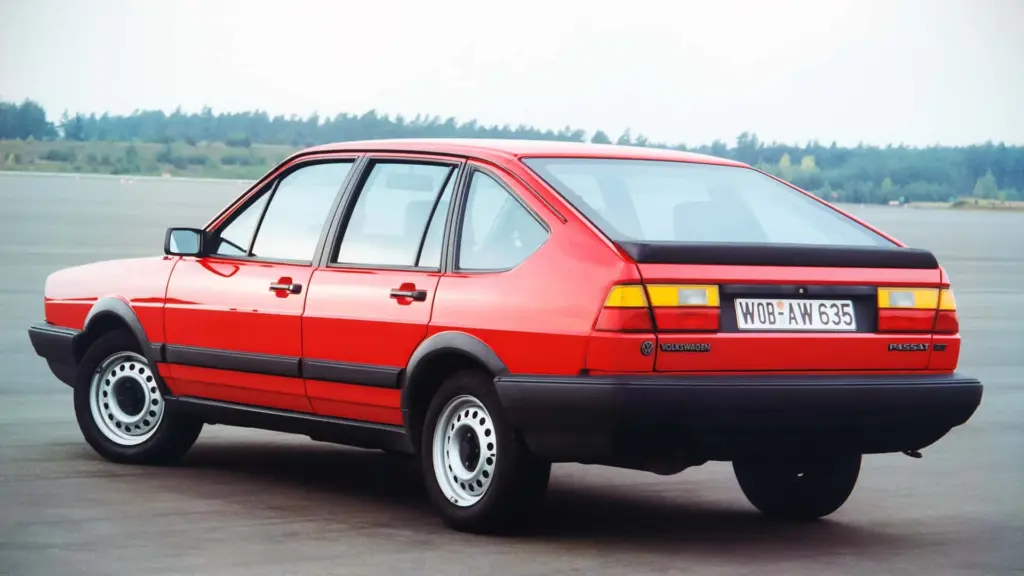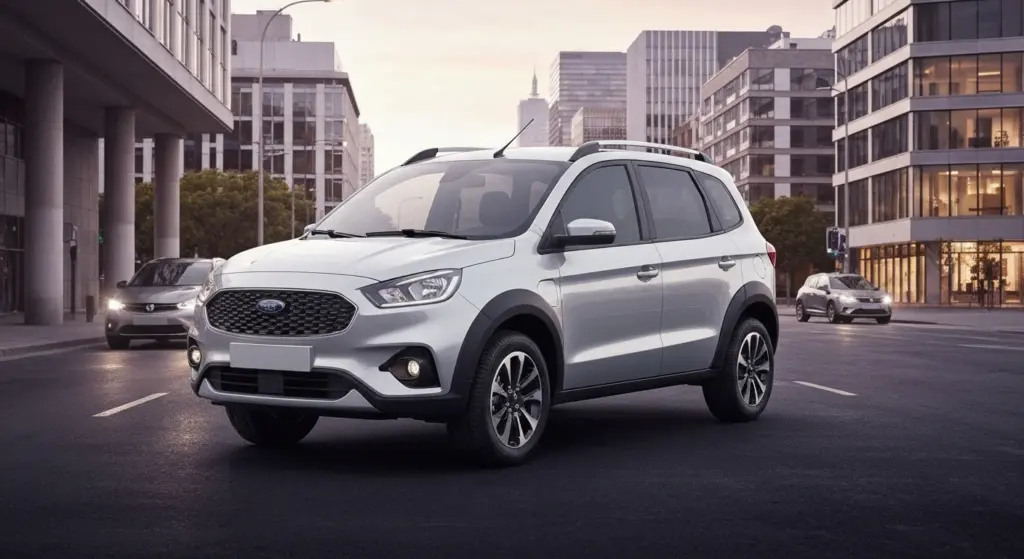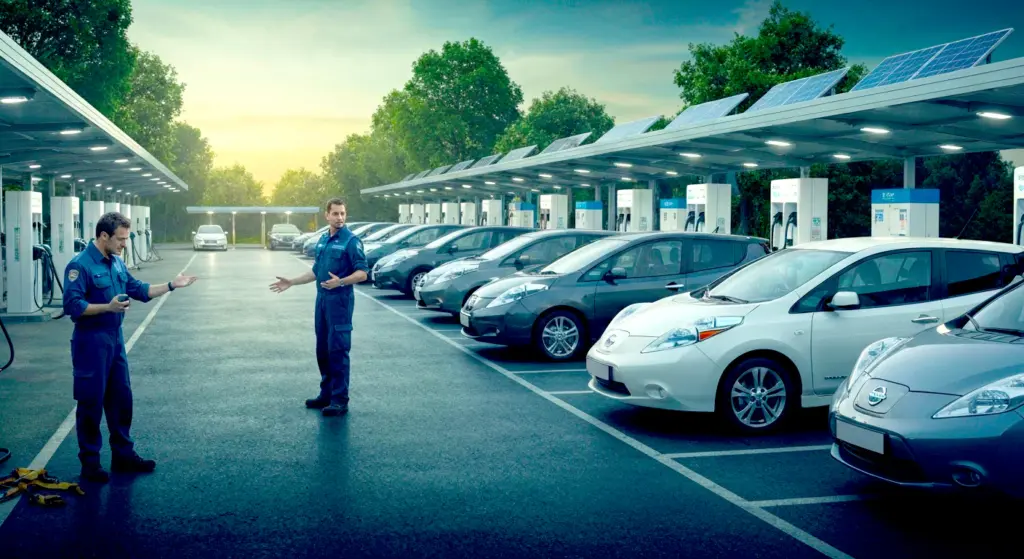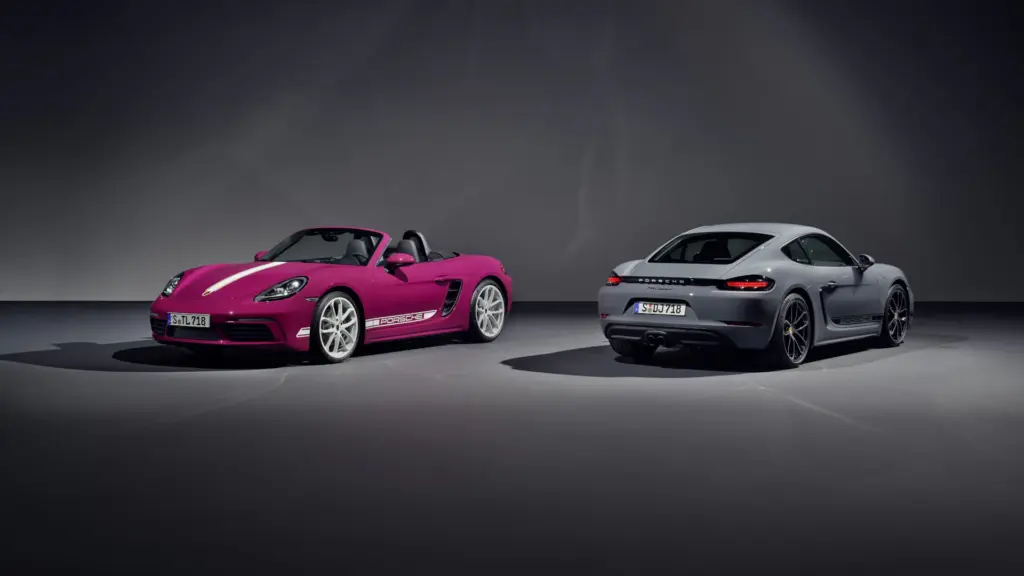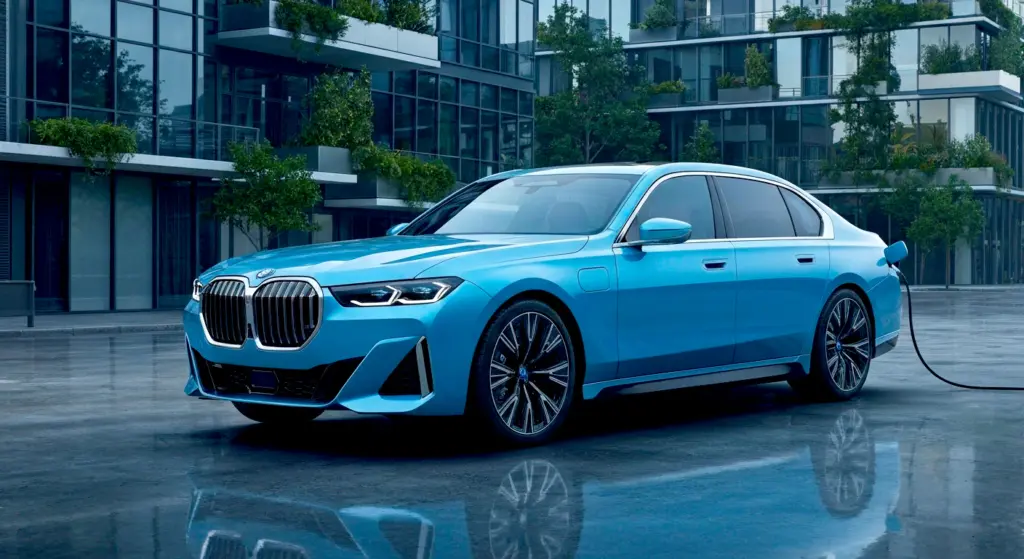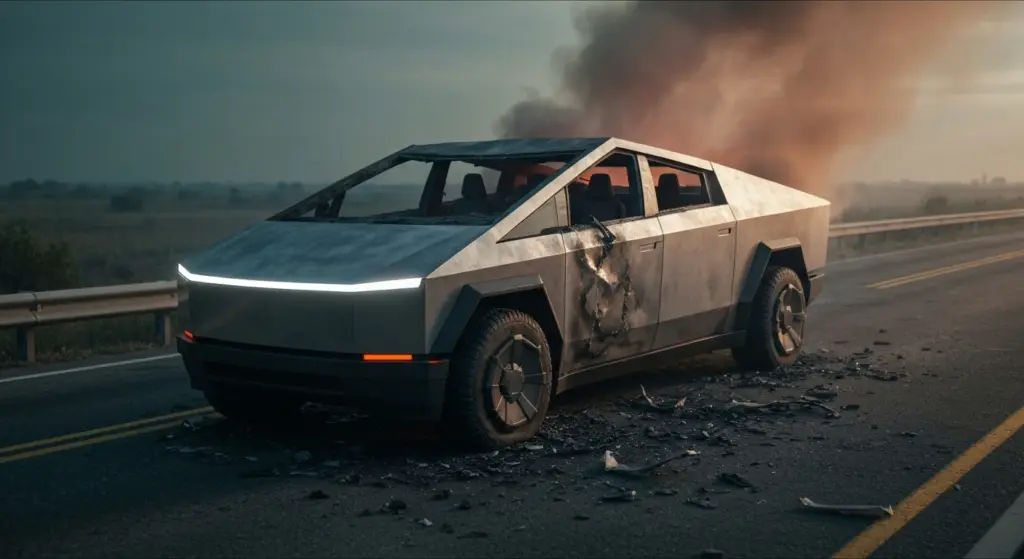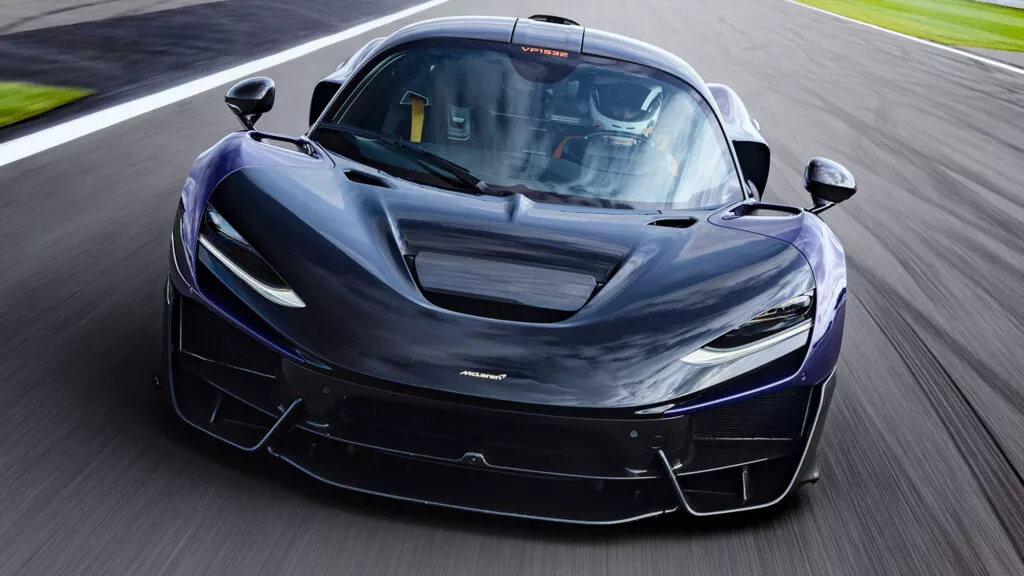Lexus has just unveiled the eighth generation of its acclaimed midsize luxury sedan, the ES 2026. Revealed at the 2025 Shanghai Auto Show, this model is not just an update; it’s a true revolution on wheels. For the first time in ES history, we will have fully electric (BEV) variants alongside the already well-known and efficient hybrid option. I’m here to tell you everything about this machine that promises to redefine the segment by combining the philosophy of “Clean Tech x Elegance” with cutting-edge technology and comfort that only Lexus can provide.
The New Face of Luxury: Revamped Design and Platform
Inspired by the LF-ZC concept, the Lexus ES 2026 adopts a bolder and more aerodynamic look. The “Clean Tech x Elegance” philosophy is reflected in fluid lines, a more pronounced fastback roofline, and new Twin L-Signature headlights, giving it a lower stance and optimized center of gravity. It’s a clear evolution that maintains the Lexus identity, but with an undeniable futuristic touch.
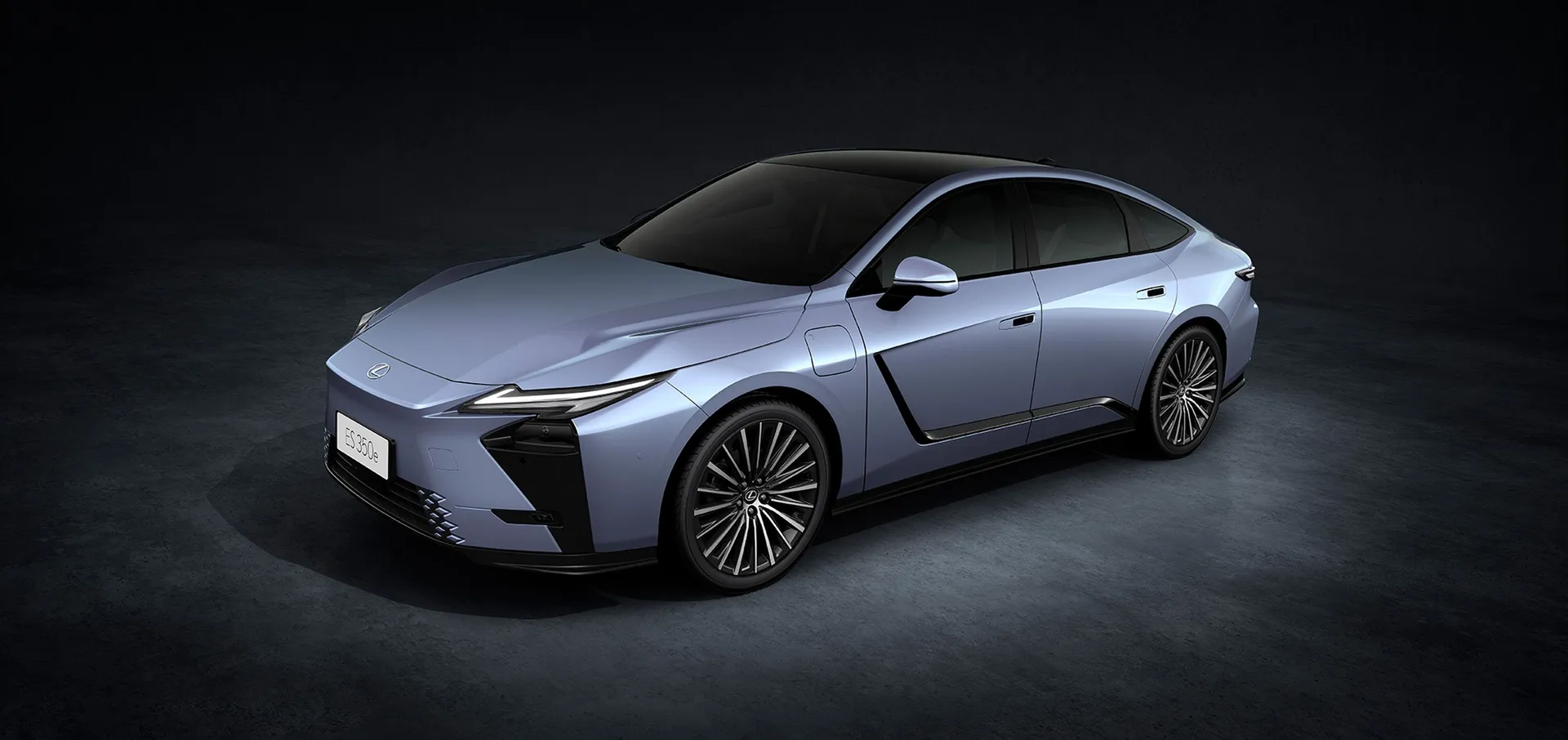
But beauty isn’t just skin deep. At the core is the refined TNGA-K platform. Lexus has stretched the wheelbase by a significant 3.1 inches, totaling 116.1 inches, which translates directly into more interior space, especially for passengers in the back seat. Additionally, the introduction of a multi-link rear suspension is set to improve handling and comfort, correcting a point that, for some purists, fell short in the previous generation compared to European rivals. This evolution in the platform shows the brand’s commitment to electrification, something we also see in other models from the group, such as the Toyota bZ7, which explores new electric horizons.
Under the Hood: Efficient Hybrid or Vibrant Electric?
The star of the ES 2026 is undoubtedly its electrification. Goodbye to the gasoline V6 engine from the previous generation; now, the options focus on efficiency and electric performance. Lexus offers three variations to please different tastes (and energy needs):
- ES 350h (Hybrid): The efficiency champion. Combines a 2.5L gasoline four-cylinder engine with Toyota/Lexus’s Hybrid Synergy Drive system. The estimated combined power is around 247 hp, a notable upgrade inspired by the updated Toyota Camry system. Ideal for those who seek long journeys with low consumption and the reliability of Lexus.
- ES 350e (Base BEV): The gateway to Lexus’s 100% electric world in the ES segment. With one electric motor (front-wheel drive – FWD) or two (all-wheel drive – AWD with DIRECT4 system), it delivers about 224 hp (FWD version). It promises an EPA-estimated range of a respectable 300 miles, making it a strong contender in the premium electric market.
- ES 500e (Performance BEV): For those who refuse to compromise on excitement. Equipped exclusively with two electric motors (AWD DIRECT4), the estimated power jumps to around 343 hp. Acceleration from 0 to 60 mph is expected to be around 5 seconds, placing it in the sporty sedan territory. The range is slightly lower, estimated at 240 miles, due to the higher power and larger wheels (20 inches).
The introduction of BEV versions is a bold and necessary step for Lexus. While the hybrid ES 350h continues to be the rational choice for many, the ES 350e and 500e open a new chapter. The ES 500e, in particular, aims to attract an audience that might find the ES “too calm,” offering a more engaging dynamic, although it still needs to prove its worth against established titans. Electrifying iconic models is a strong trend, as we see even in concepts imagining an electric future for legends, such as the possibility of an electric BMW M3.
Detailed Technical Specifications by Variant (Estimates)
| Specification | ES 350h (Hybrid) | ES 350e (Base BEV) | ES 500e (Performance BEV) |
|---|---|---|---|
| Powertrain | 2.5L I4 + Electric | Electric Motor(s) | Dual Electric Motors |
| Estimated Power | ~247 hp (combined) | ~224 hp (FWD) | ~343 hp |
| Drivetrain | FWD (AWD optional) | FWD (AWD optional) | AWD (DIRECT4) |
| 0-60 mph | ~7.0 s | ~6.5 s | ~5.0 s |
| Range (EPA Est.) | N/A (Efficiency ~43.2 mpg) | ~300 miles | ~240 miles |
| Battery (Estimated) | N/A | ~77 kWh | ~77 kWh |
| Standard Wheels | 19″ (optional 18″) | 19″ | 20″ |
Note: All data are estimates based on automotive sources and may change by the official launch.
Cutting-Edge Technology and Safety: The Brain of the New ES
Lexus has spared no expense on technology. The dashboard is dominated by a massive 14-inch touchscreen, which now supports split-screen functionality – finally! The 12.3-inch digital instrument cluster completes the modern look. The infotainment system runs on the Arene software platform, promising quick responses and over-the-air (OTA) updates via Lexus Connect. Wireless integration with Apple CarPlay and Android Auto is standard.
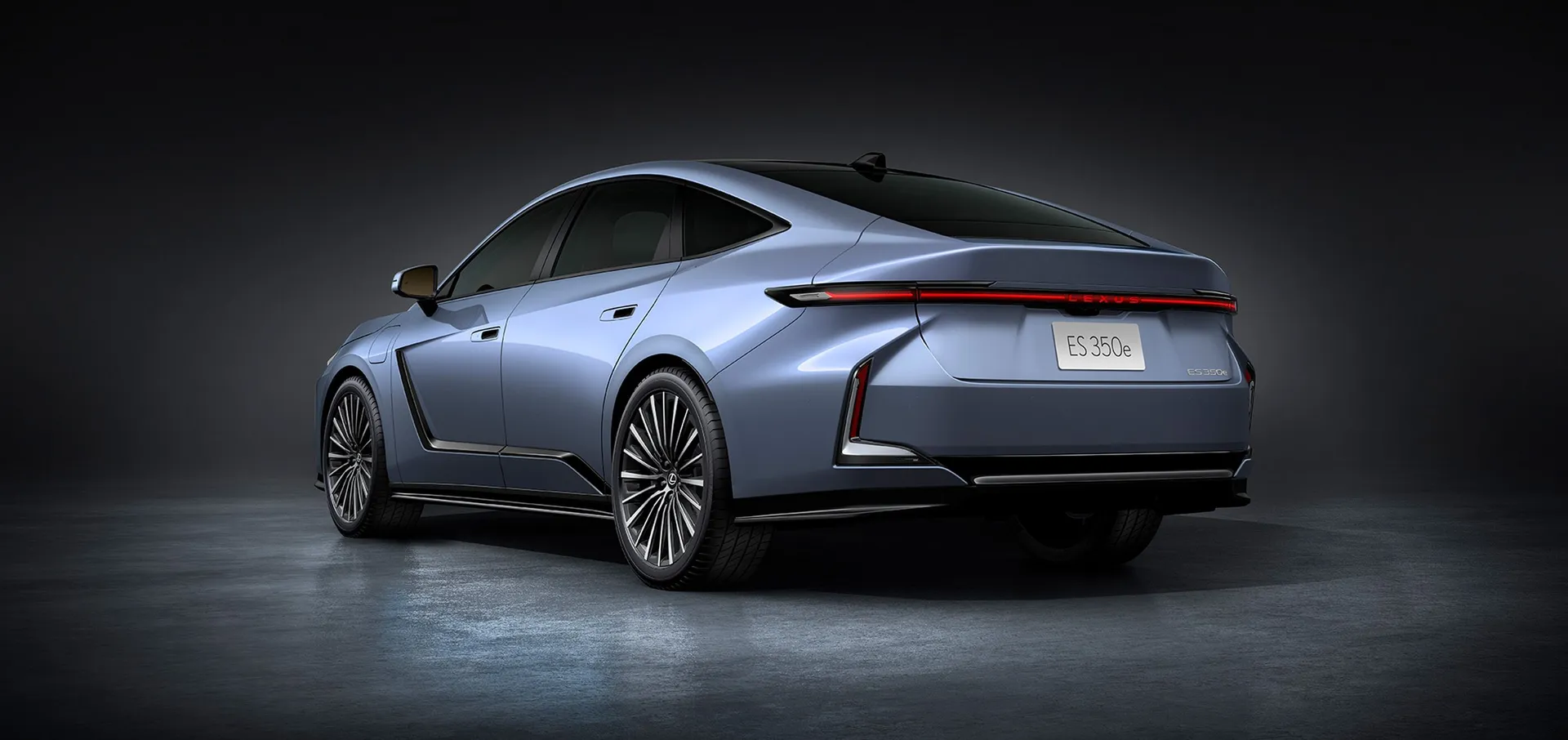
One interesting new feature is the “Responsive Hidden Switches,” touch-sensitive buttons integrated into the dashboard that only light up when needed, contributing to a cleaner design. The “Sensory Concierge” automatically adjusts climate, lighting, and even fragrance to create a personalized experience. In terms of safety, the ES 2026 debuts the Lexus Safety System+ 4.0. According to the Lexus Pressroom, the package includes enhanced hardware and software, map-based adaptive cruise control (which can slow down for turns), an advanced pre-collision system (including scooter detection), lane-keeping assist, blind spot monitoring, rear cross-traffic alert, and a driver monitoring system. NHTSA and IIHS safety ratings are still pending, but they are expected to maintain the top scores of previous generations.
Improved Space and Comfort: Travel First Class
Comfort has always been the ES’s calling card, and the eighth generation raises the bar even higher. Thanks to the longer wheelbase, legroom in the back seat has been generously increased, making long trips even more enjoyable for all occupants. Lexus also claims to have slightly raised the seat position to improve visibility.
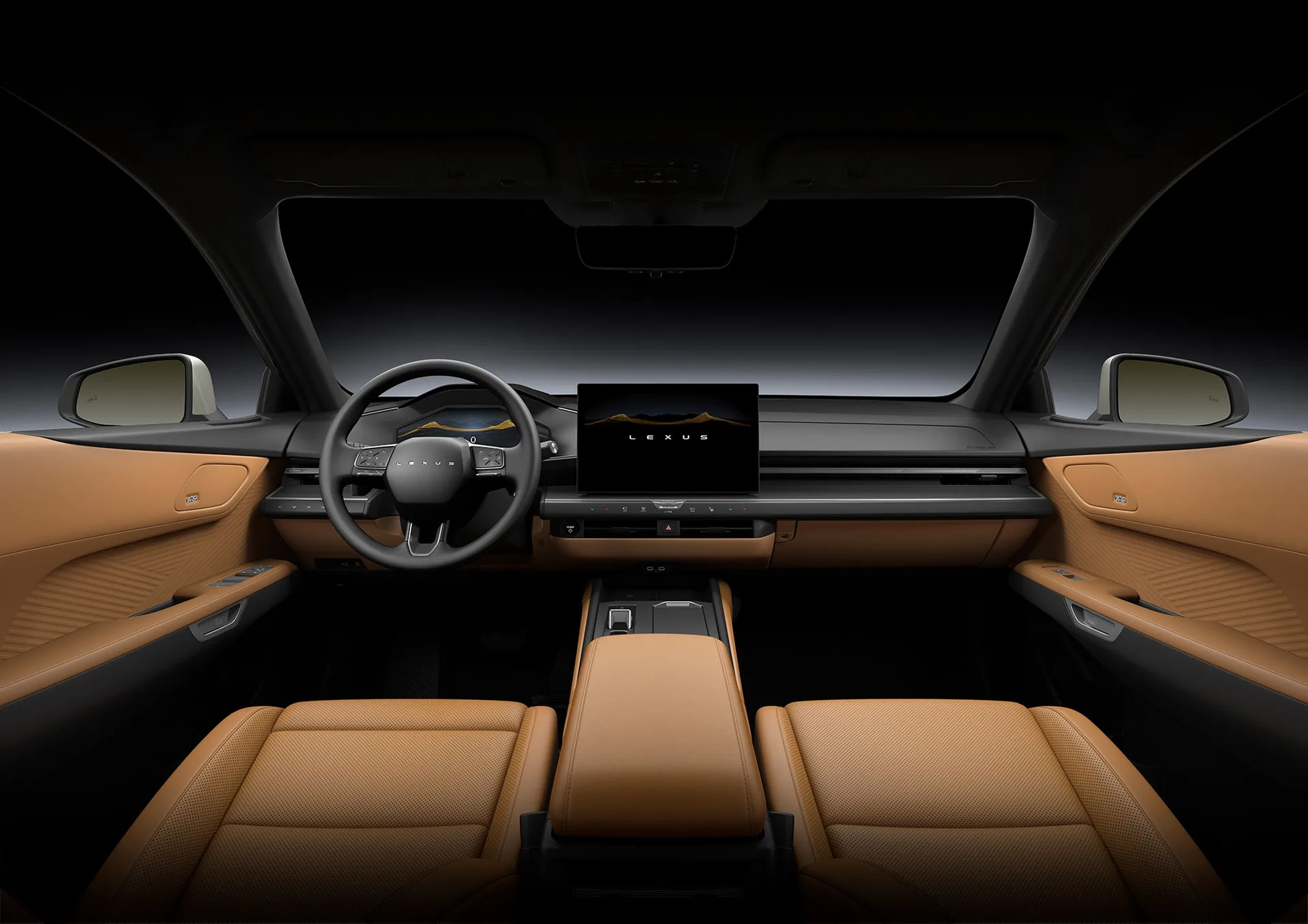
The materials remain high quality, with options ranging from standard NuLuxe synthetic leather to luxurious semi-aniline leather in higher trims. A new trim option called “Macadamia” adds a touch of sophistication. The cabin’s signature quietness, a hallmark of Lexus, is expected to be even more pronounced, especially in the BEV versions. Optional features such as heated and ventilated seats, a panoramic sunroof, and the acclaimed Mark Levinson premium sound system ensure you can customize your ES to be a true sanctuary on wheels.
Heavyweight Rivals: The Battle of Midsize Luxury Sedans
The Lexus ES 2026 enters a competitive segment, facing heavyweight German rivals. The competition is fierce, with each offering its own strengths.
Comparison: Lexus ES 2026 vs. Rivals
| Model | Estimated Starting Price (USD) | Key Pros | Key Cons | ES Advantage |
|---|---|---|---|---|
| Lexus ES 2026 | ~$47,000 | Comfort, Reliability, Value (base), Hybrid Efficiency | Less sporty dynamics (base/hybrid), Design may divide opinions | Base price, Hybrid Efficiency, Reliability |
| BMW 5 Series / i5 | ~$58,000 – $67,000 | Superior handling, Performance (i5 M60), iDrive technology | Higher price, Lower efficiency (non-hybrid) | Lower price, Better hybrid efficiency |
| Mercedes-Benz E-Class / EQE | ~$60,000 – $70,000 | Luxurious interior (optional Hyperscreen), Brand prestige, Comfort | EQE range may be lower, Maintenance costs | Competitive pricing, BEV range (ES 350e), Reliability |
The 2026 ES seems well-positioned, especially for those who prioritize comfort, reliability, and efficiency (in the case of the hybrid) or good electric range (ES 350e) at a more competitive starting price than the Germans. However, for those seeking maximum sportiness or the most technological and opulent interior on the market, BMW and Mercedes may still have the edge, depending on the version and options chosen. Mercedes, for example, is also heavily investing in electrics, such as the anticipated Mercedes CLA EV set to launch in 2026, intensifying the competition.
Pros and Cons: What Tips the Scale?
Let’s summarize the strengths and weaknesses of this new generation of the Lexus ES:
Positive Points (Pros)
- Exceptional Comfort: Quiet cabin, smooth ride, increased rear space.
- Electrified Options: Super-efficient hybrid and BEVs with good range/performance.
- Value for Money: Competitive starting price against German rivals.
- Legendary Reliability: Lexus reputation and extended warranty for hybrid/electric components.
- Refined Finishing: Quality materials and impeccable assembly.
- Updated Technology: Modern infotainment, OTA capabilities, comprehensive safety package.
Points to Consider (Cons)
- Less Sporty Dynamics: Even the ES 500e may not be as engaging as a BMW M Performance.
- Top Version Pricing: The ES 500e approaches the pricing territory of the Germans.
- Infotainment vs. Rivals: While improved, it may not shine like the iDrive or MBUX Hyperscreen.
- Fastback Design: May slightly compromise trunk access (capacity remains).
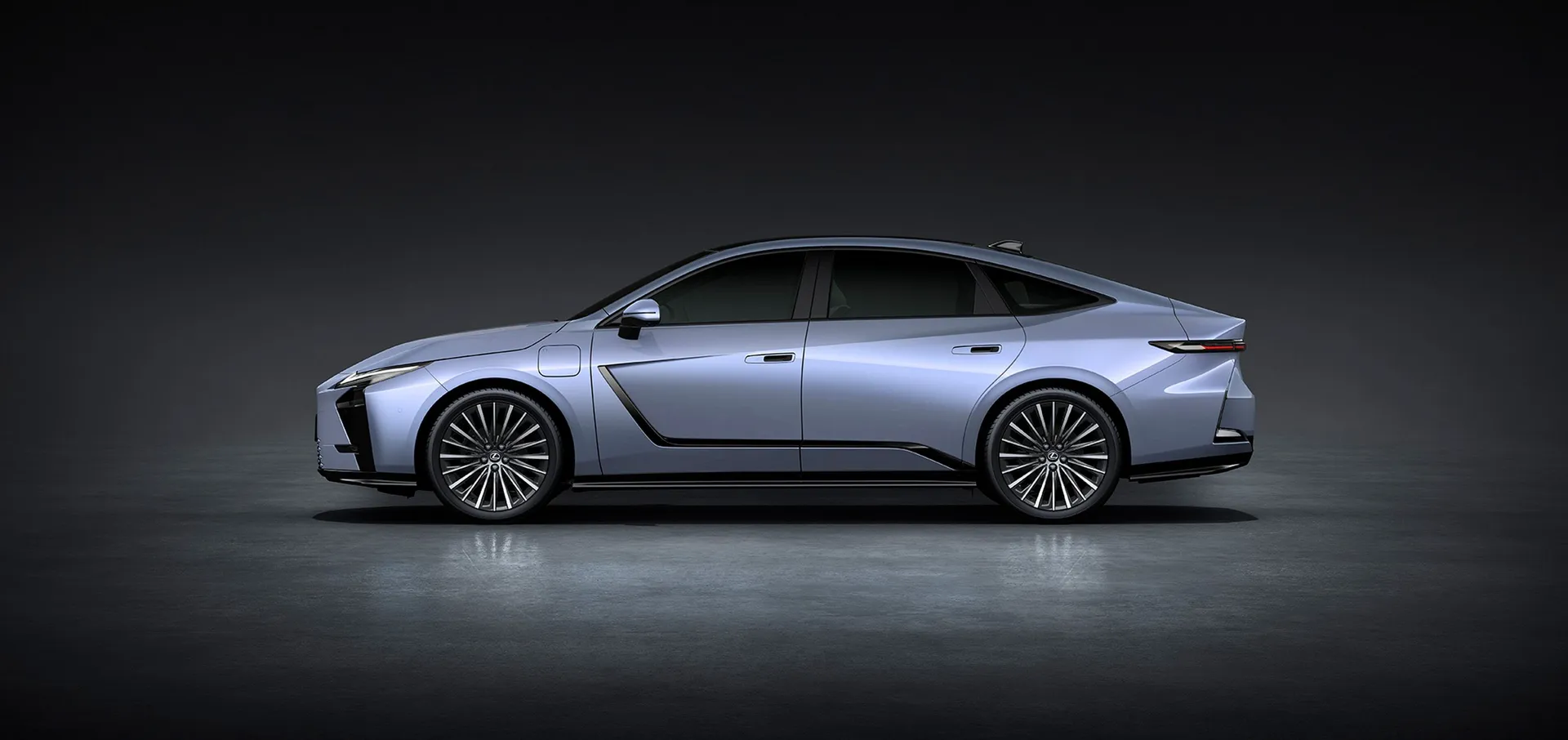
Estimated Prices and Availability
Lexus has not yet released official prices, but based on current trends and the pricing of the existing generation and the Lexus RZ (which serves as the basis for the BEVs), we can expect something in the following range (estimates):
- ES 350h (Hybrid): Starting at ~$47,000
- ES 350e (Base BEV FWD): Starting at ~$47,000
- ES 350e (BEV AWD): Starting at ~$50,000
- ES 500e (BEV AWD): Starting at ~$60,000
Conversions based on 1 USD = 0.95 EUR (April 2025), subject to fluctuations.
Sales are expected to begin in Europe in the spring of 2026, with global rollout anticipated by mid-year. Sources such as MotorTrend confirm the phased launch strategy.
Frequently Asked Questions (FAQ)
- Will the Lexus ES 2026 have a non-hybrid gasoline engine?
No, the eighth generation focuses exclusively on hybrid powertrains (ES 350h) and fully electric options (ES 350e, ES 500e), abandoning the previous V6. - What is the expected real-world range for the electric models?
The EPA estimates are 300 miles for the ES 350e and 240 miles for the ES 500e. Real-world range will depend on driving conditions and use. - Is the new ES bigger than the previous model?
Yes, it maintains similar length and width, but the wheelbase has increased by 3.1 inches, resulting in more interior space. - Is all-wheel drive (AWD) available on all versions?
AWD is optional on the ES 350h (e-AWD) and ES 350e (DIRECT4), and standard on the ES 500e (DIRECT4). - When will the Lexus ES 2026 hit the market?
Sales are expected to begin in the spring of 2026 in Europe, with global availability anticipated by mid-2026.
Final Analysis and Opinion
The Lexus ES 2026 represents a significant and necessary evolution. The bet on electrification, with capable BEV options alongside an improved hybrid, positions the model in line with the future of the automotive industry. The updated platform with multi-link suspension and longer wheelbase directly addresses points that could be seen as weaknesses in the previous generation, promising greater comfort and improved dynamics.
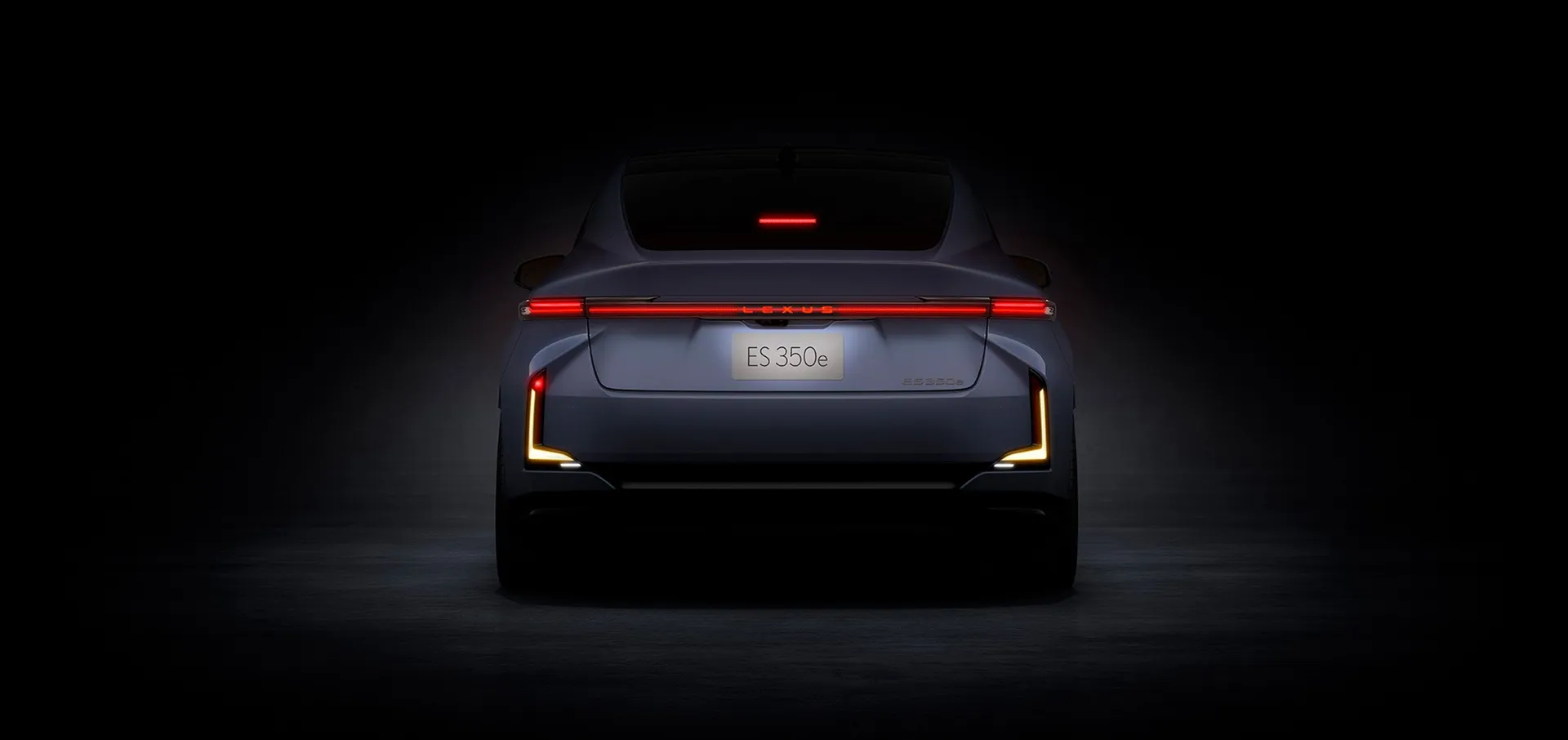
It continues to be the ideal choice for those seeking an extremely comfortable, reliable luxury sedan, and now, more efficient and technologically advanced. The “Clean Tech x Elegance” design is modern, although the fastback-style rear may not appeal to everyone. The BEV versions, especially the ES 350e with its nearly 500-mile range, are very welcome additions and should attract new customers to the brand. While the ES 500e attempts to inject a touch of sportiness, the main focus of the ES remains on refined luxury and onboard tranquility, and in that, it promises to continue setting the standard. It’s also interesting to note how many brands are exploring the electric segment, from more affordable options to high-performance models, as we’ve recently seen with the announcement of the Kia EV3, demonstrating the growing diversity in the market.
Ultimately, the ES 2026 appears to be a well-thought-out package. It doesn’t try to be the sportiest or the most technologically flashy like some rivals, but rather focuses on refining its traditional strengths – comfort, quality, and reliability – while convincingly embracing the electric future. For buyers who value these qualities, the new ES will undoubtedly be an extremely attractive choice.
What do you think of the electric revolution in the Lexus ES 2026? Do you believe the BEV versions will capture the audience? Leave your comment below!
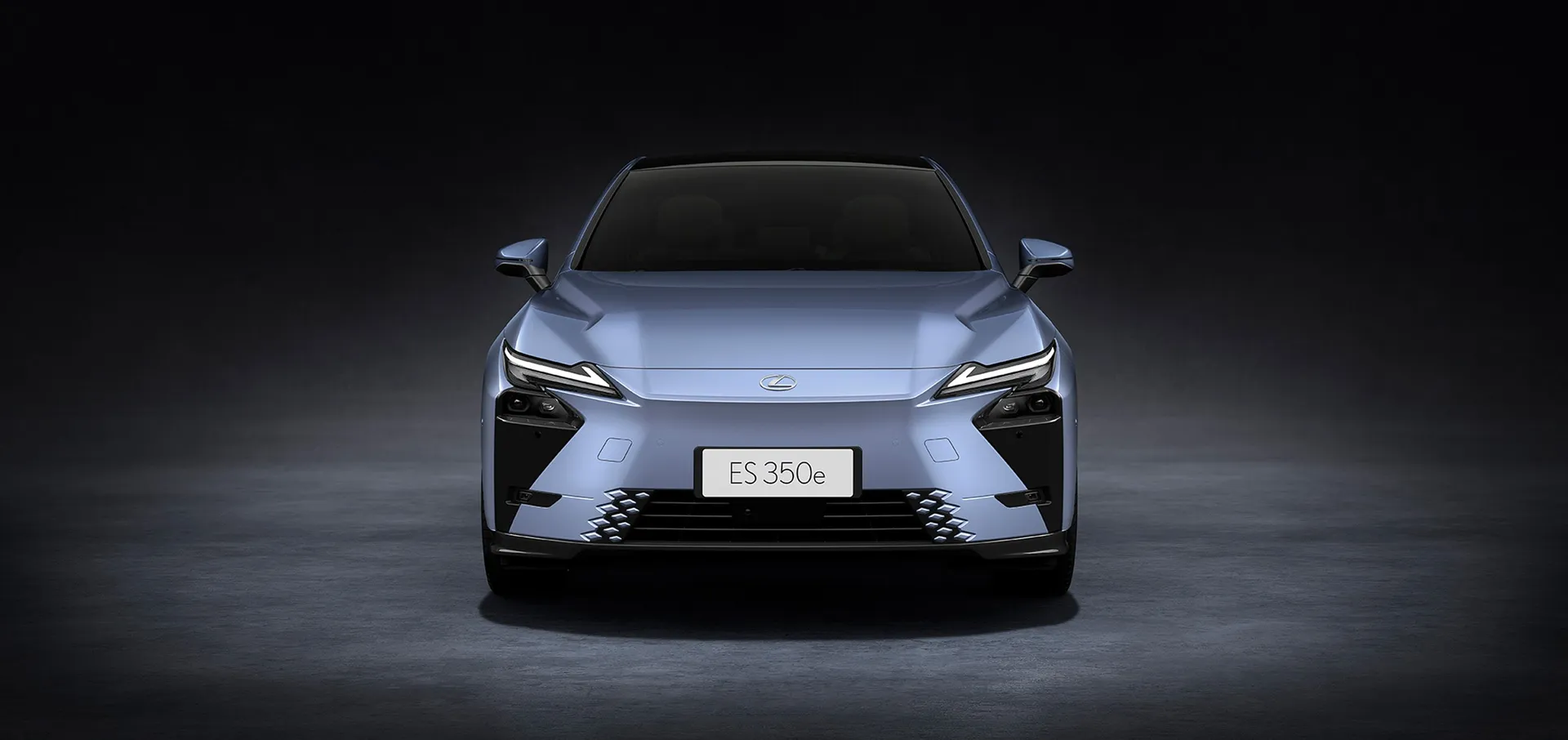



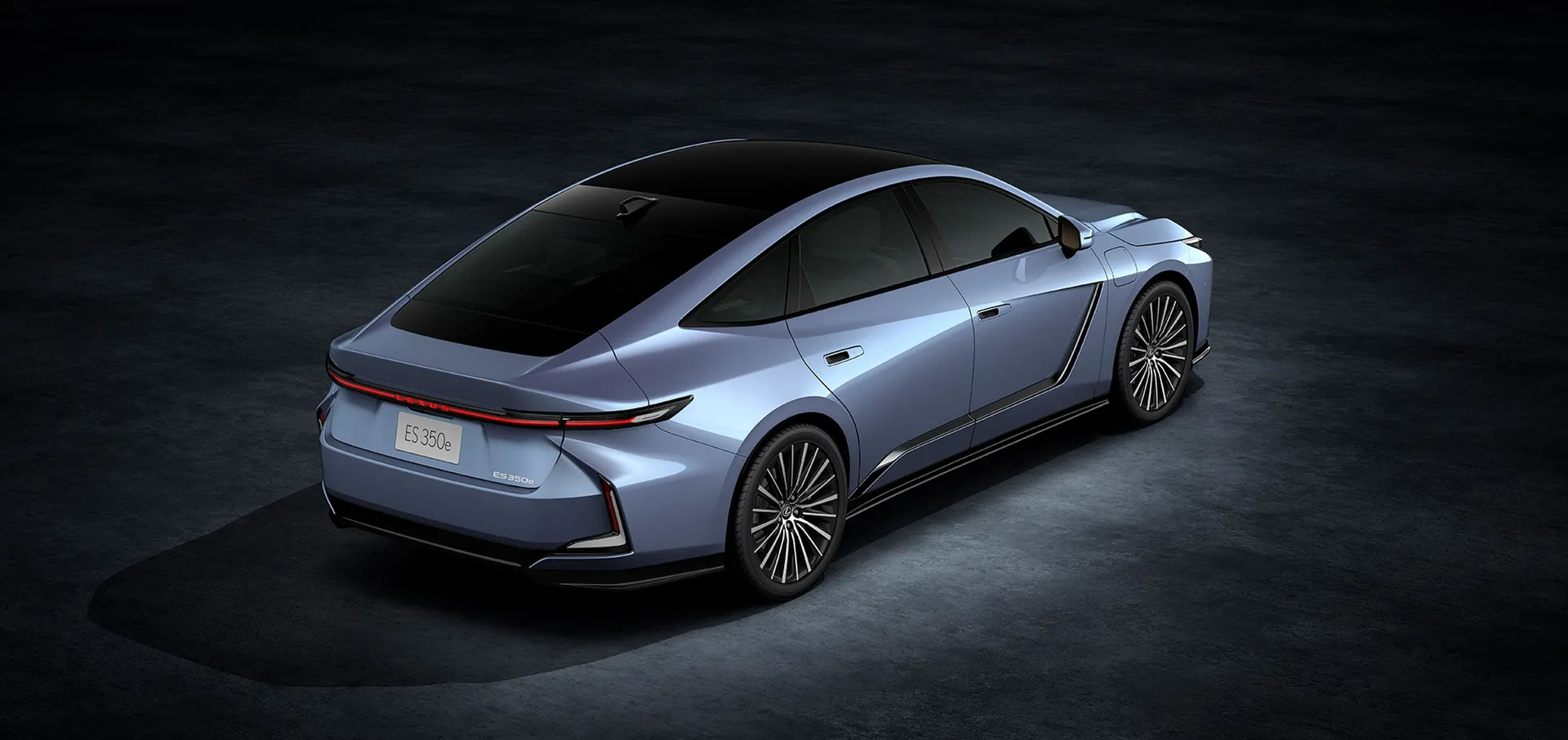
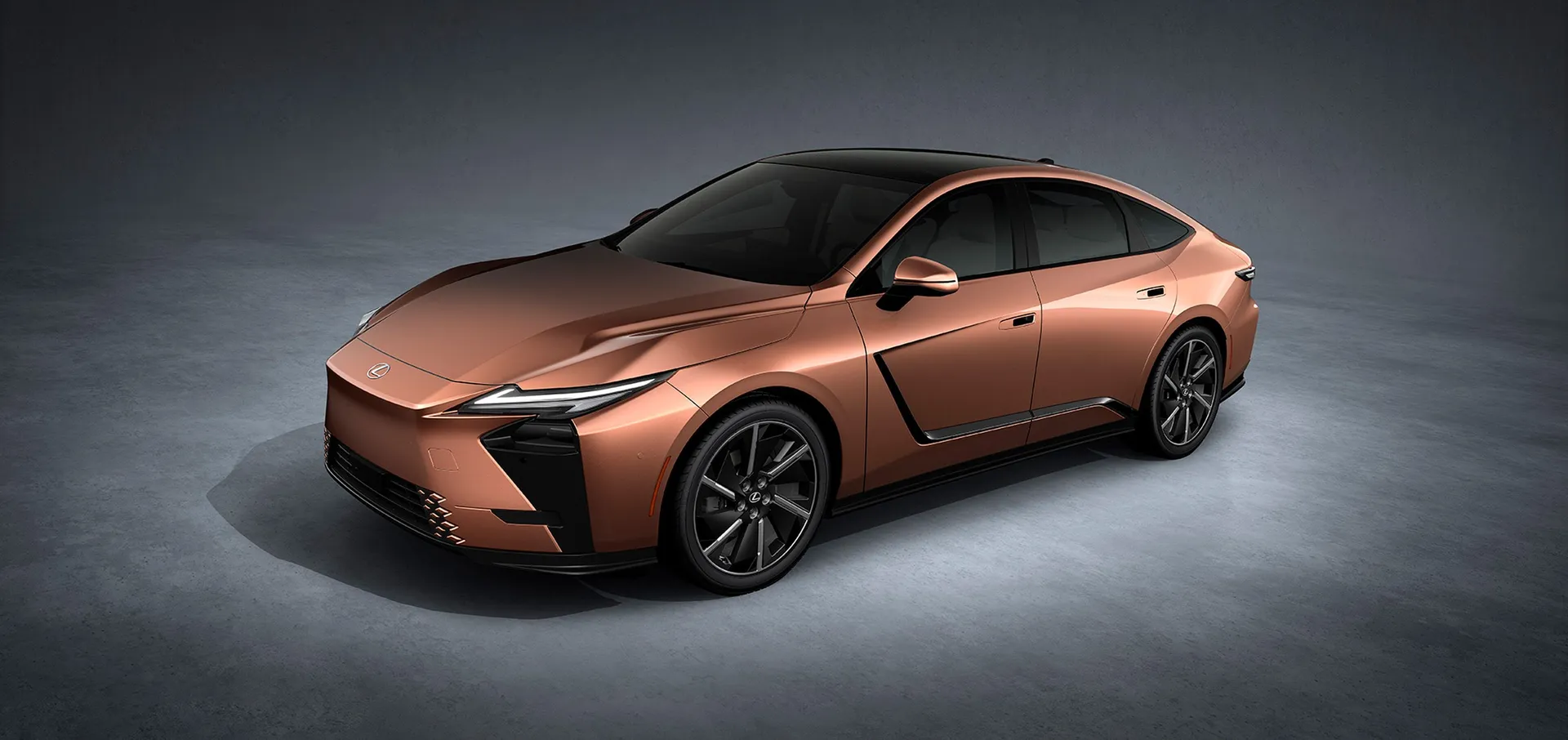
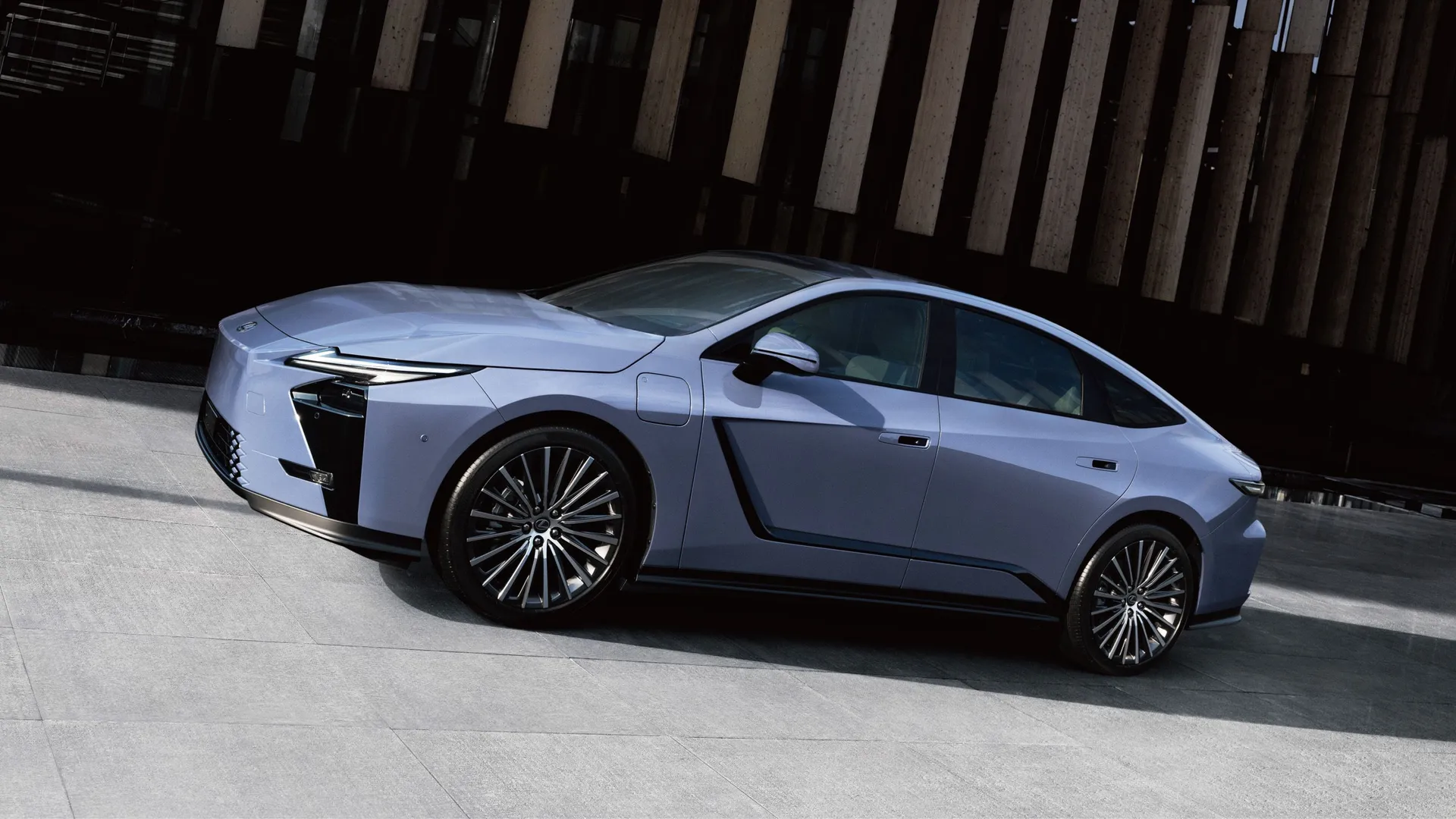
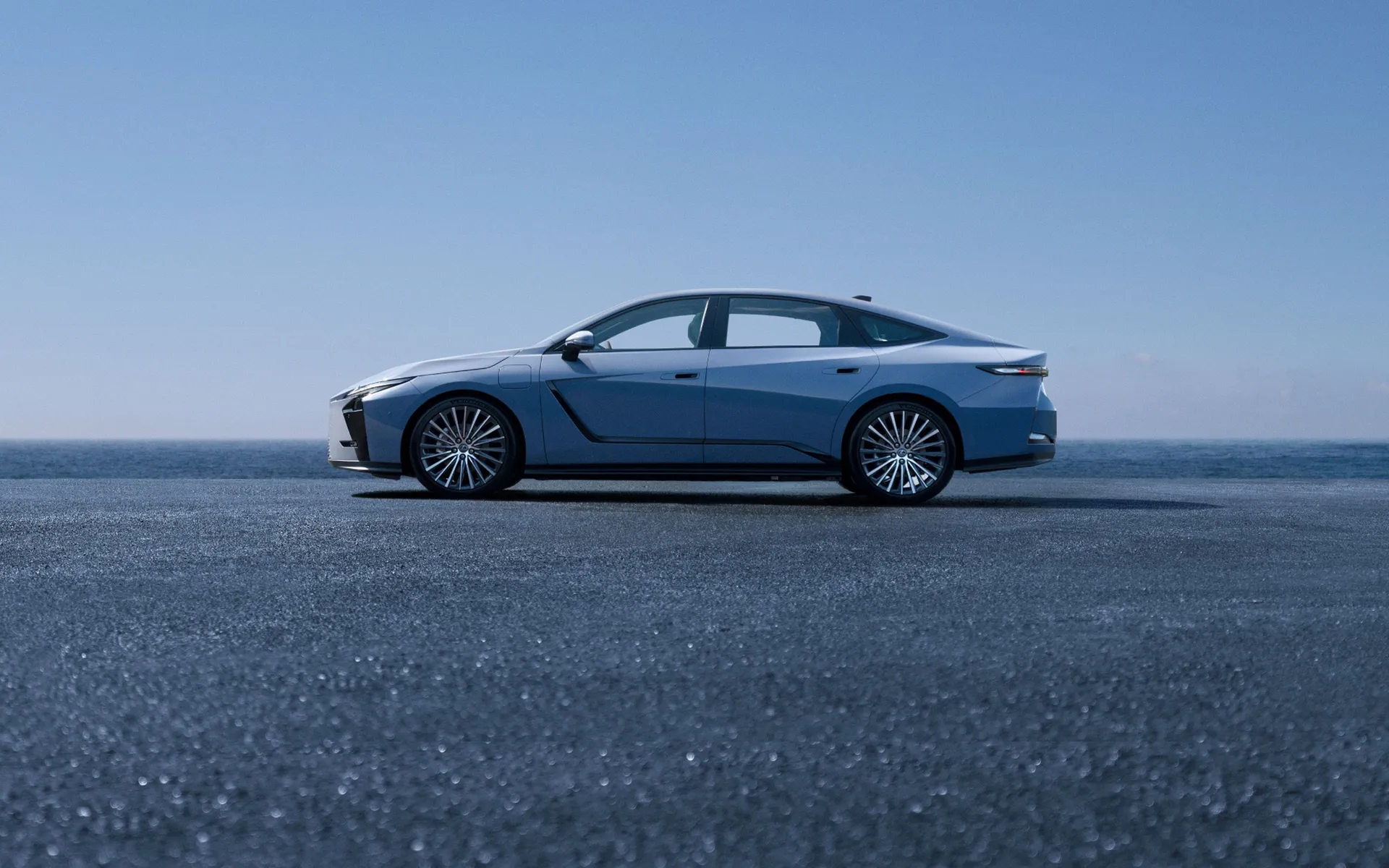
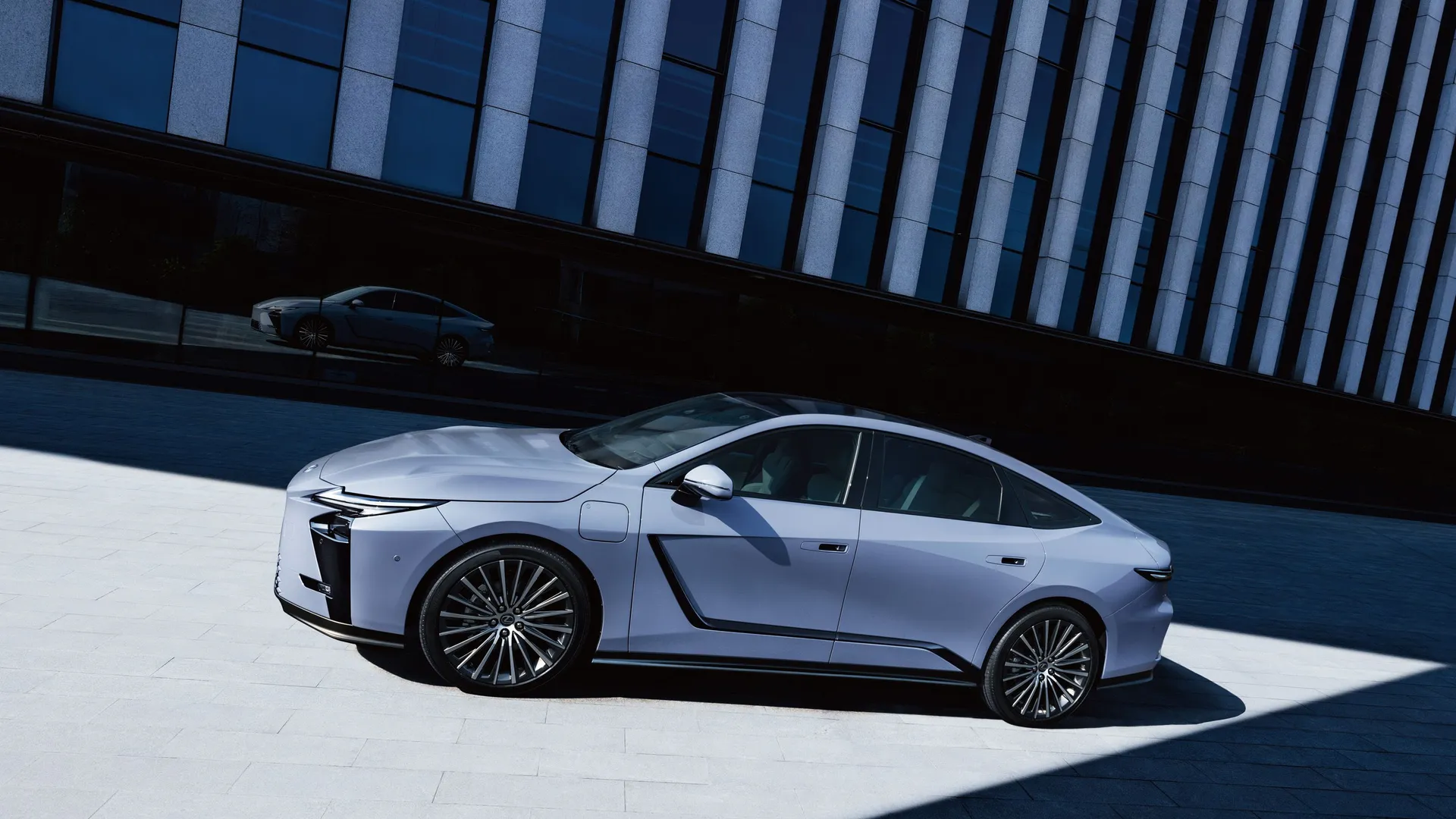
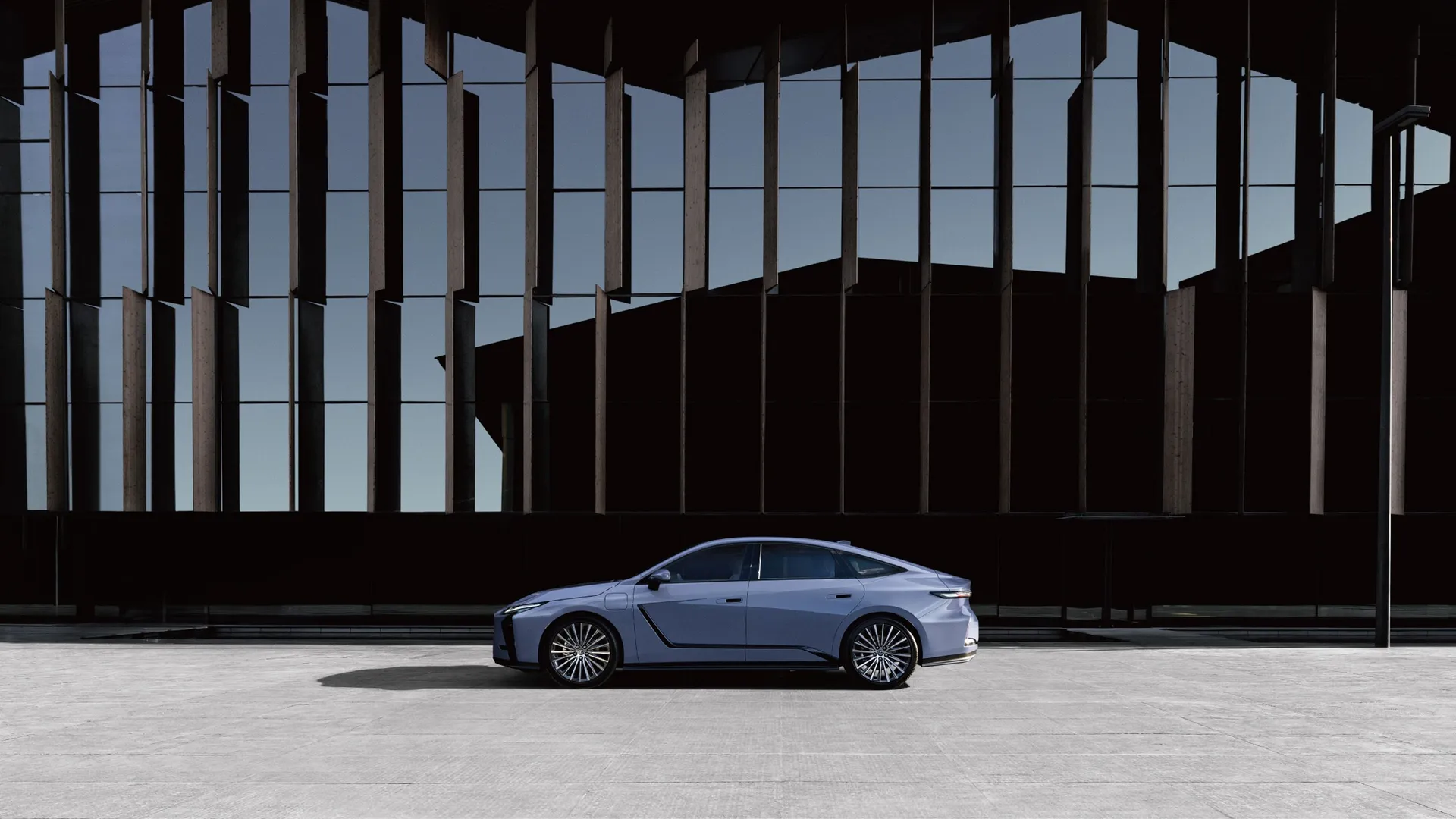
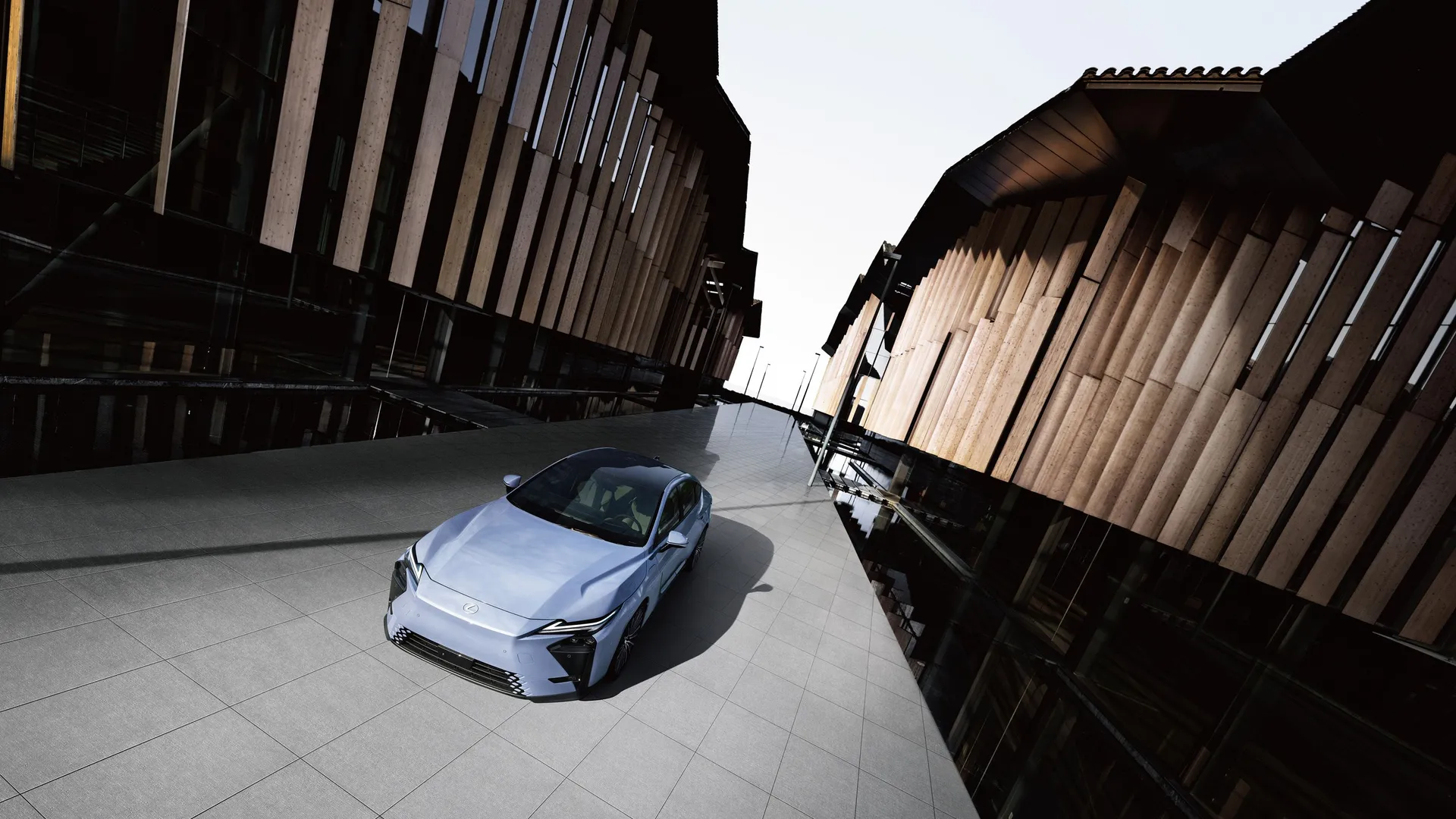
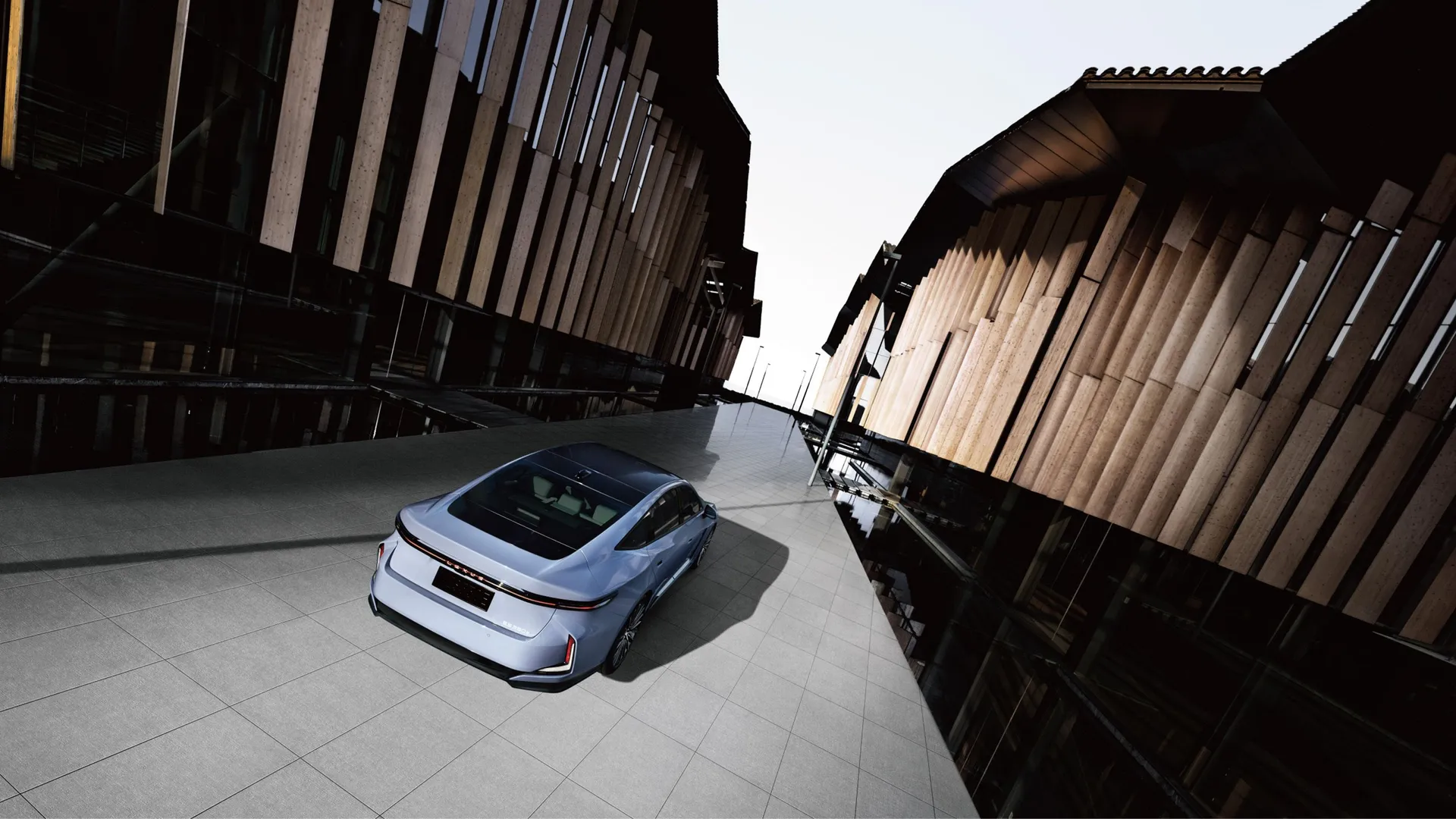

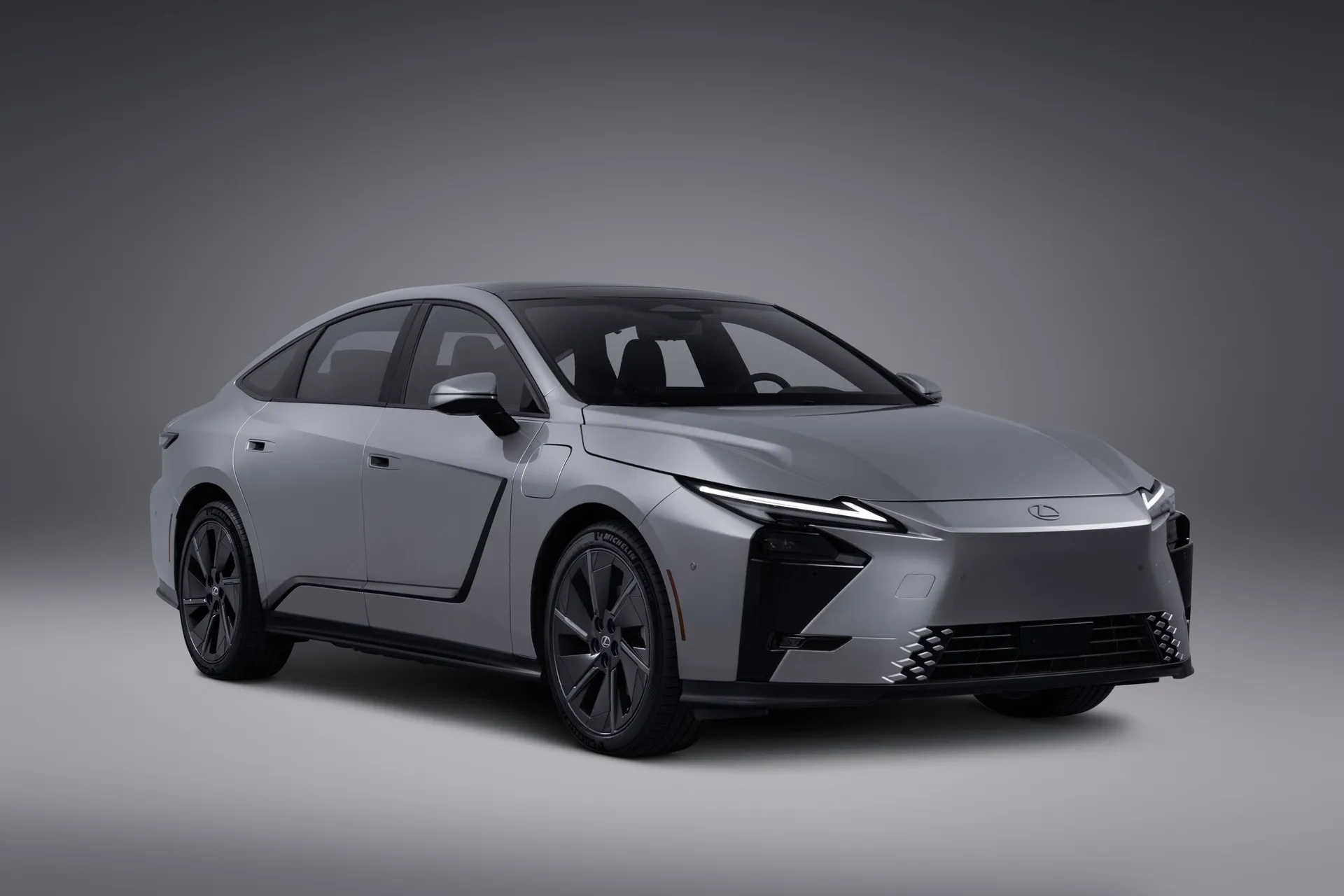
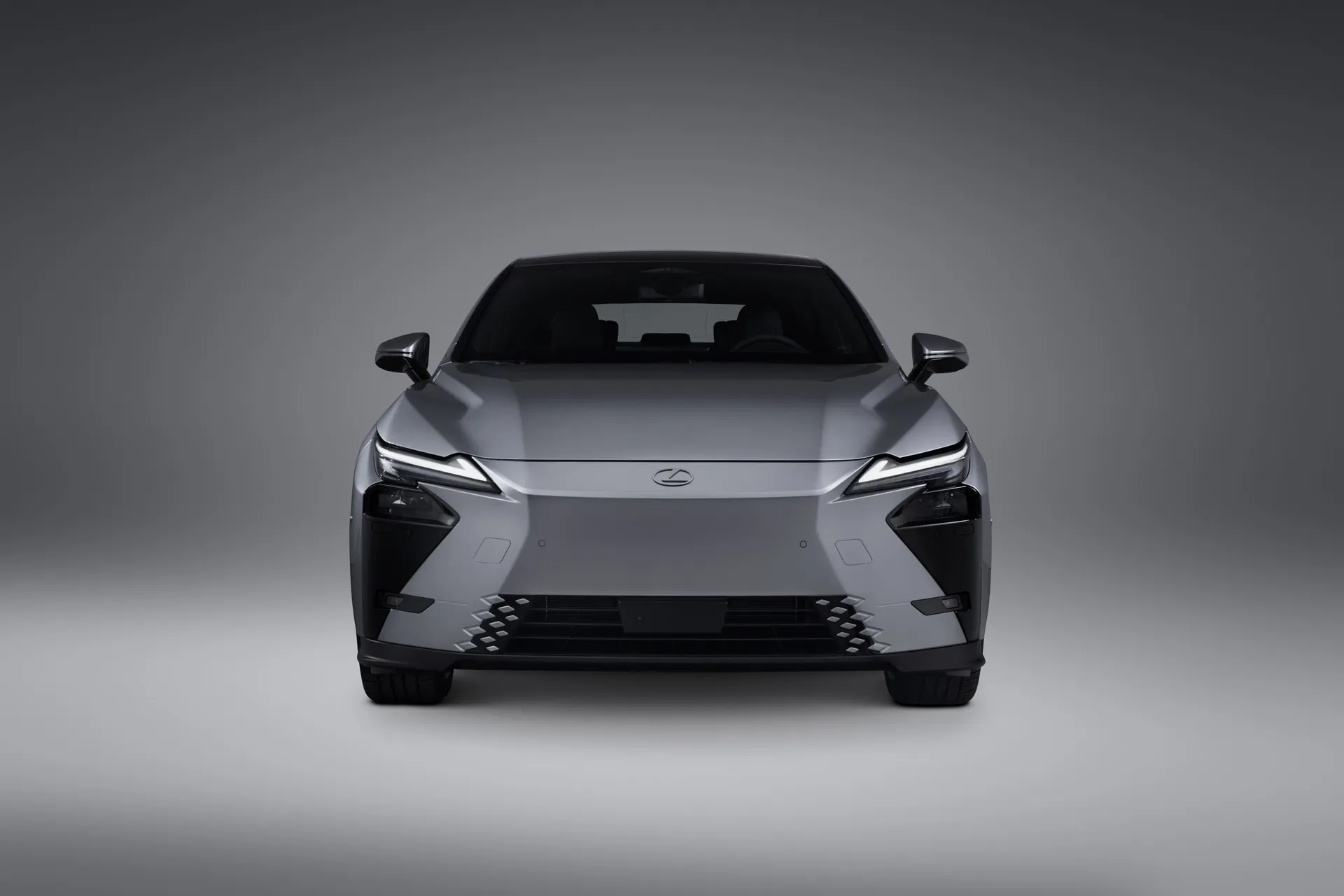
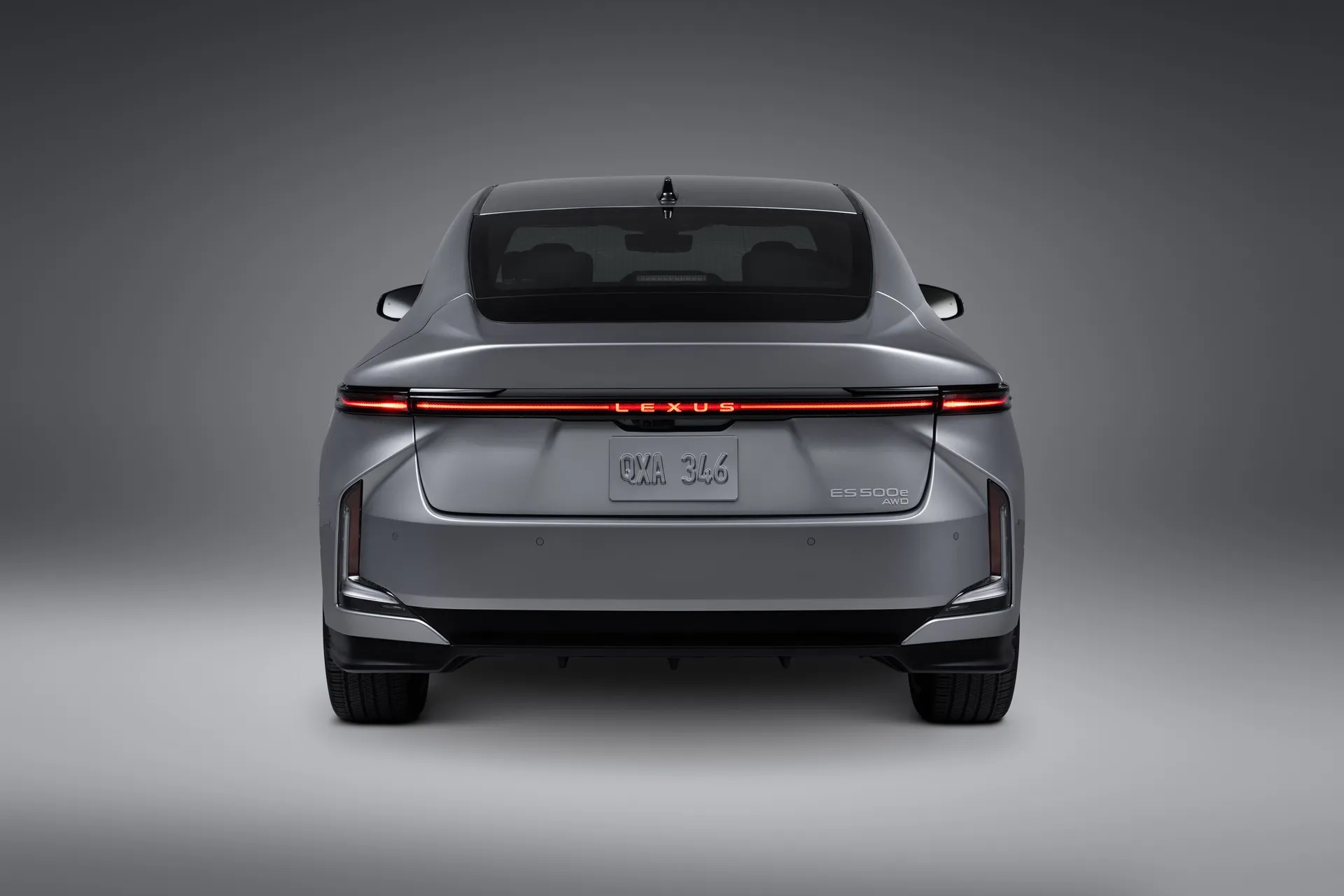

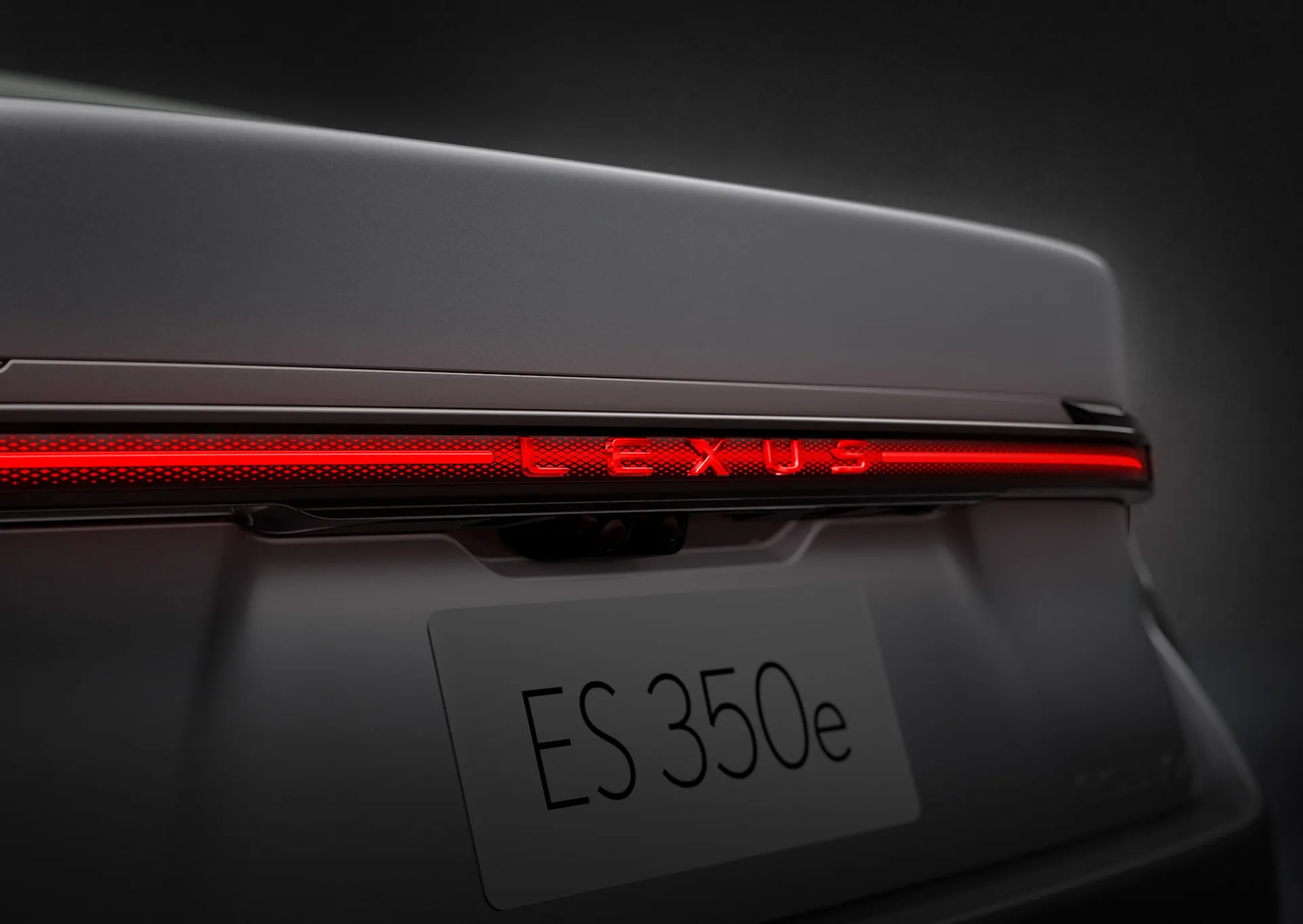
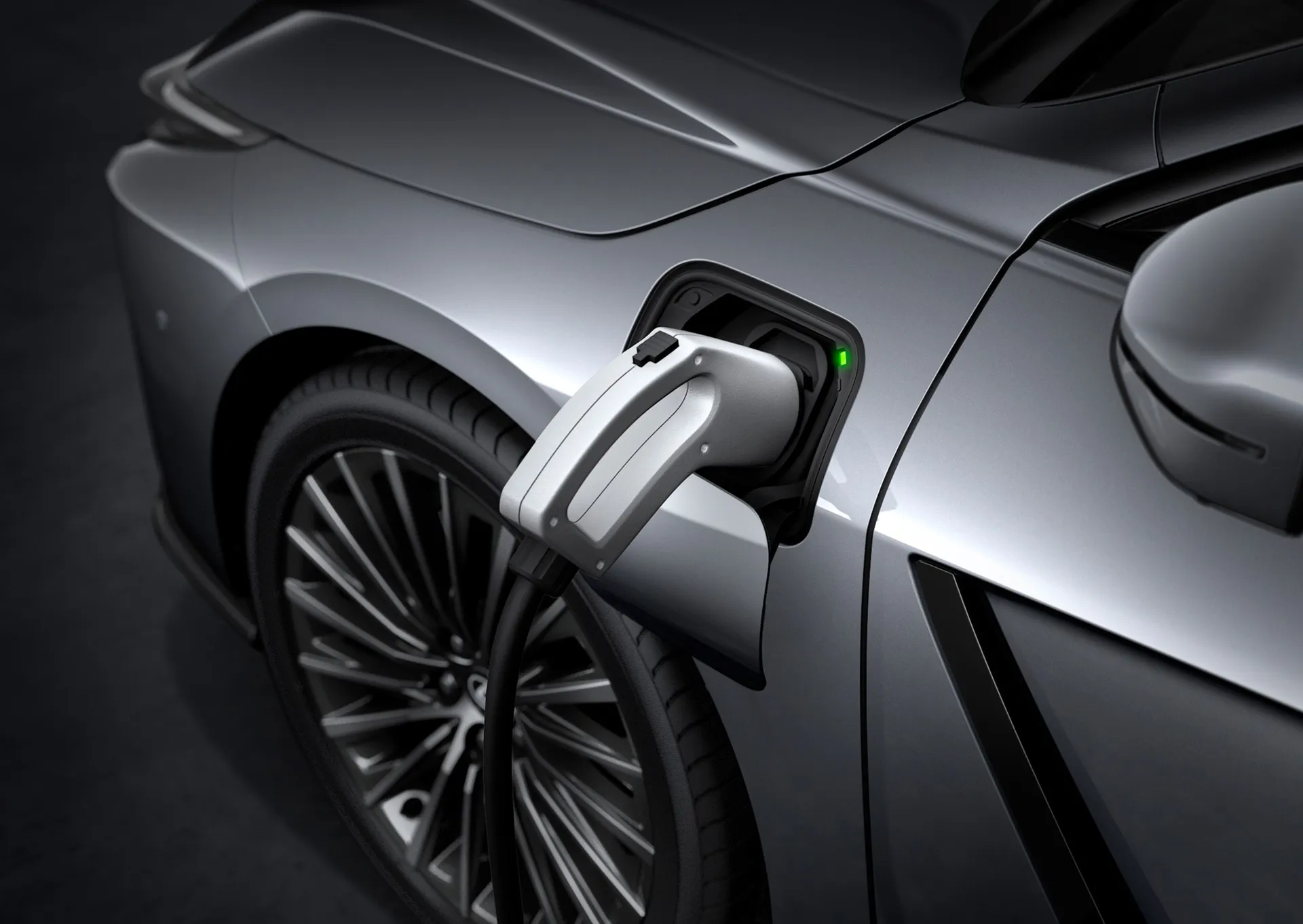
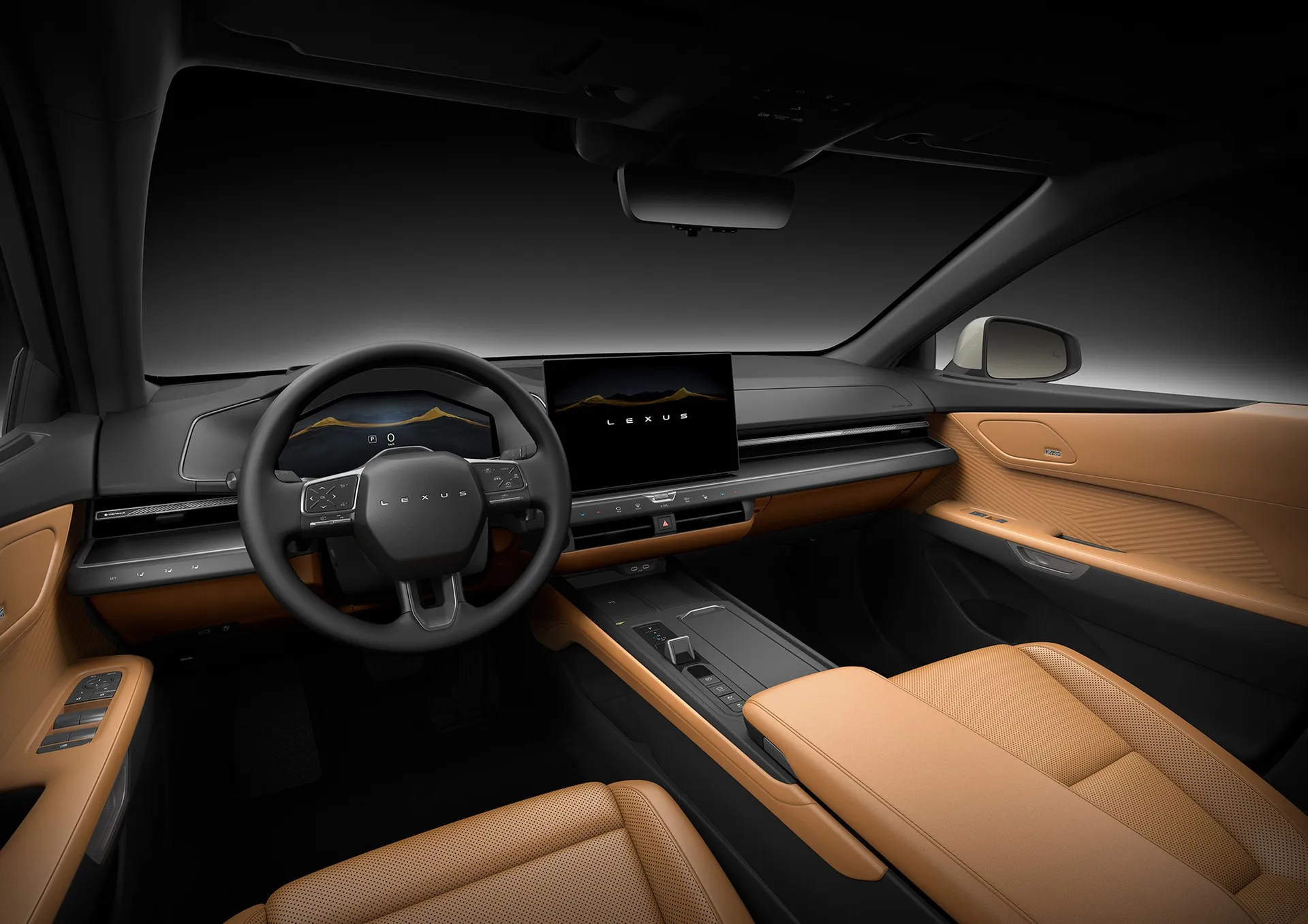
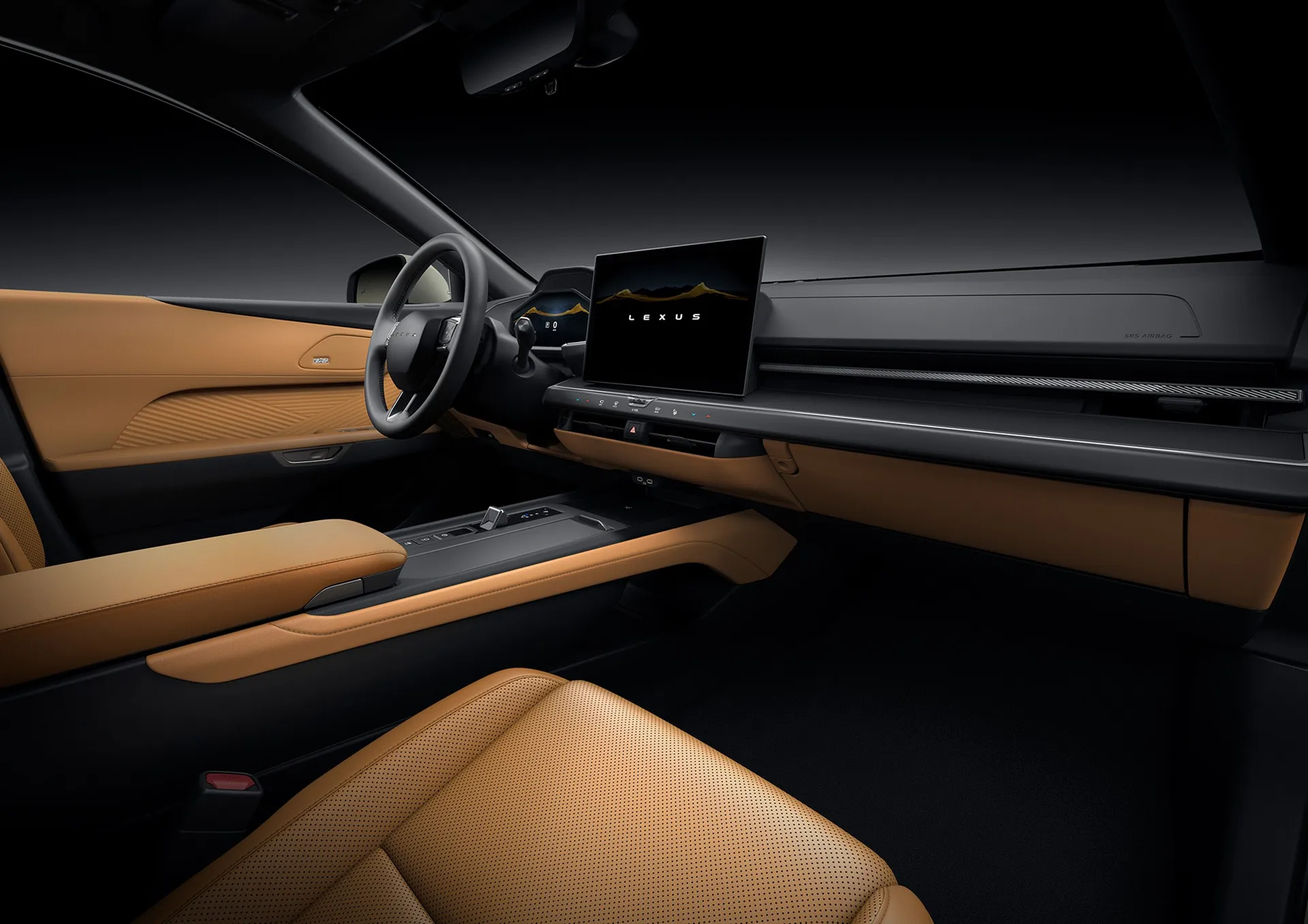
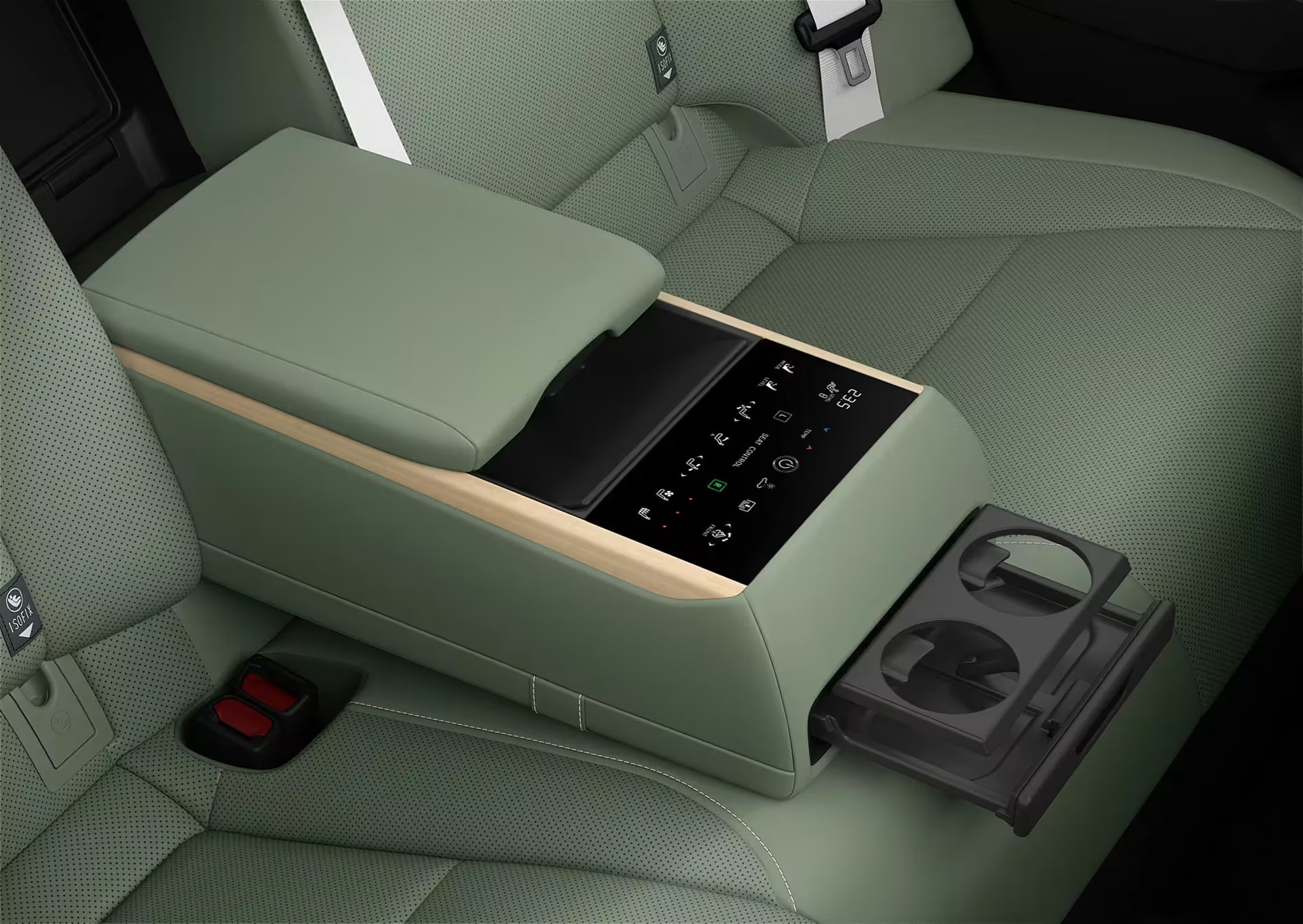
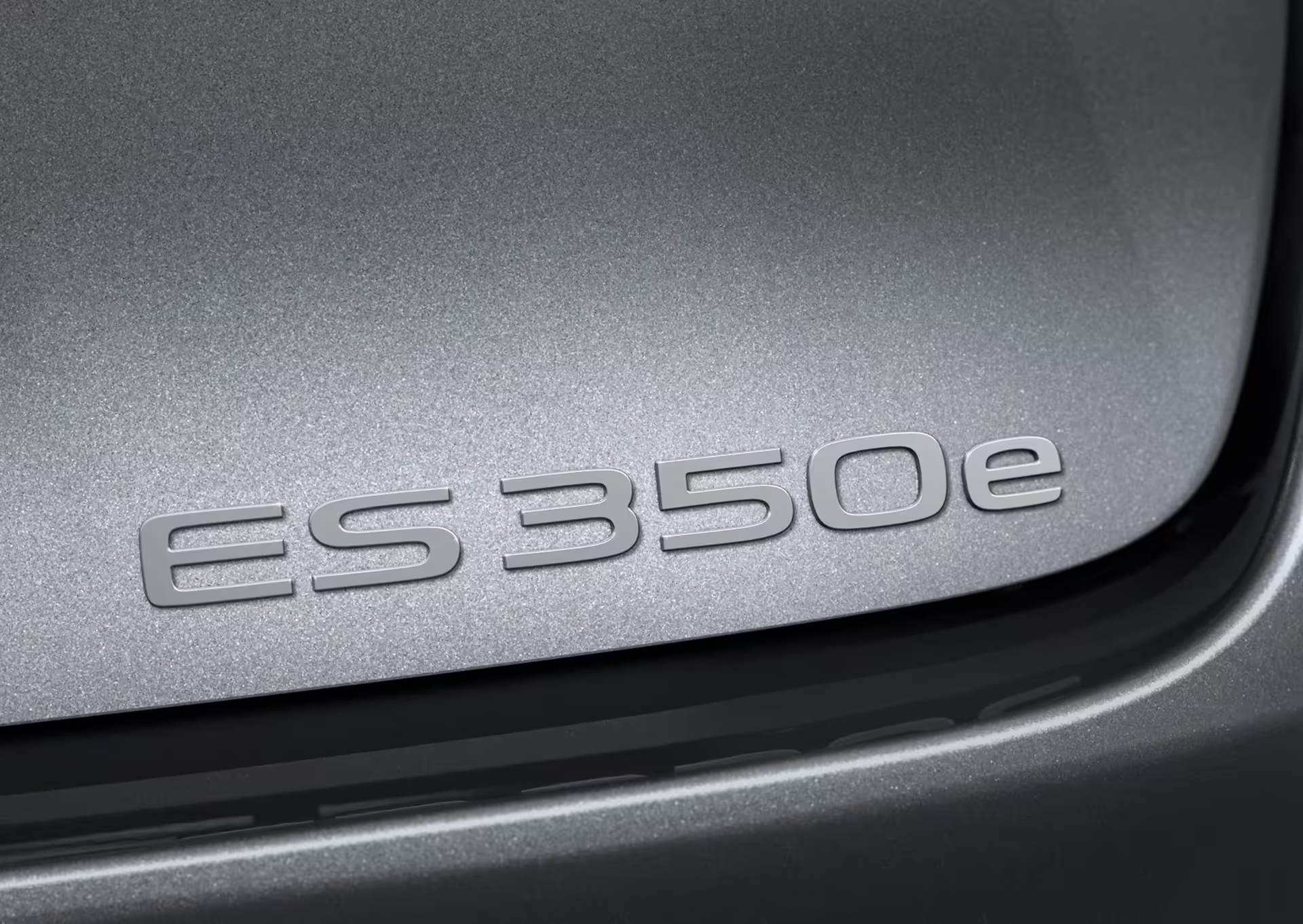
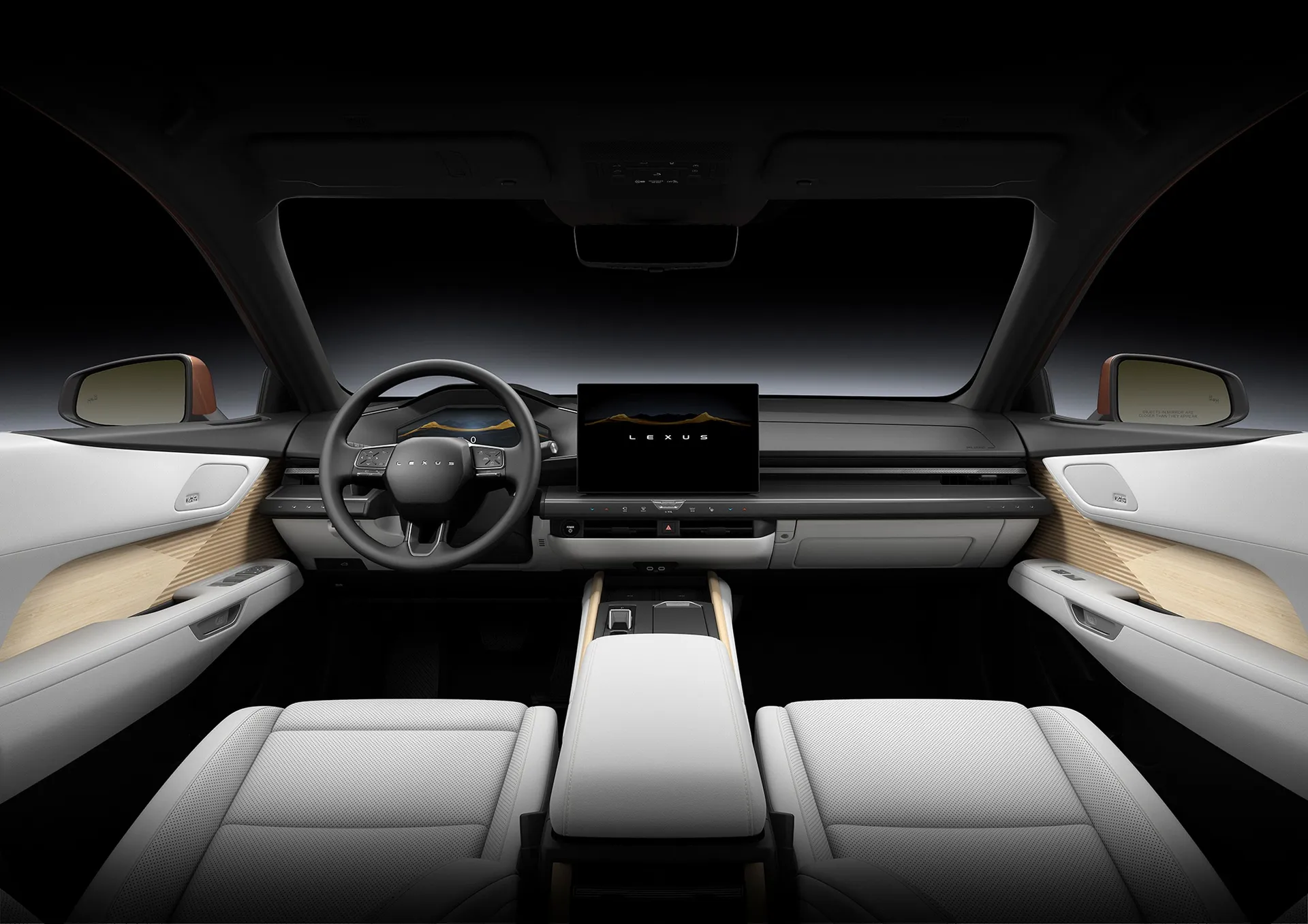

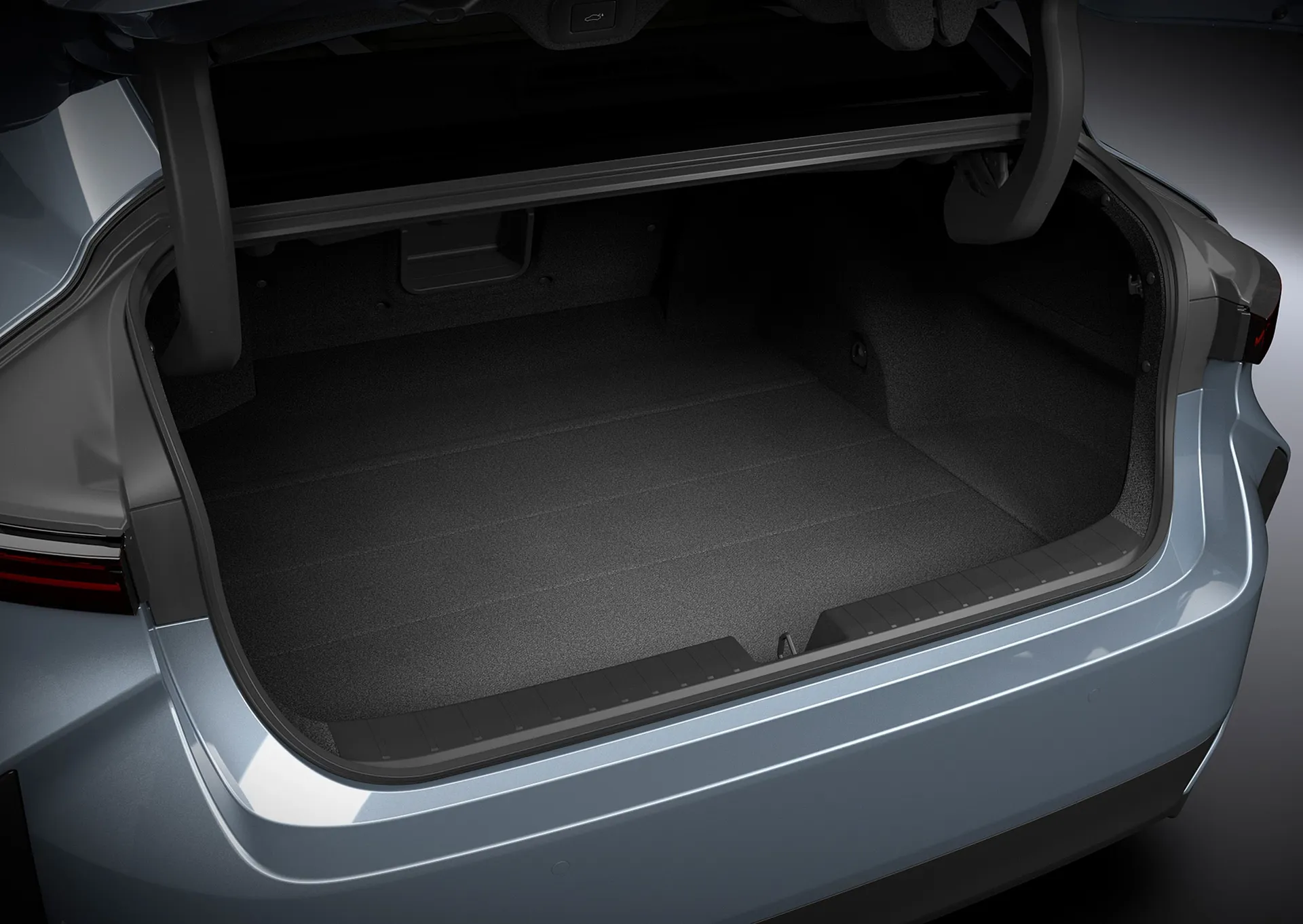
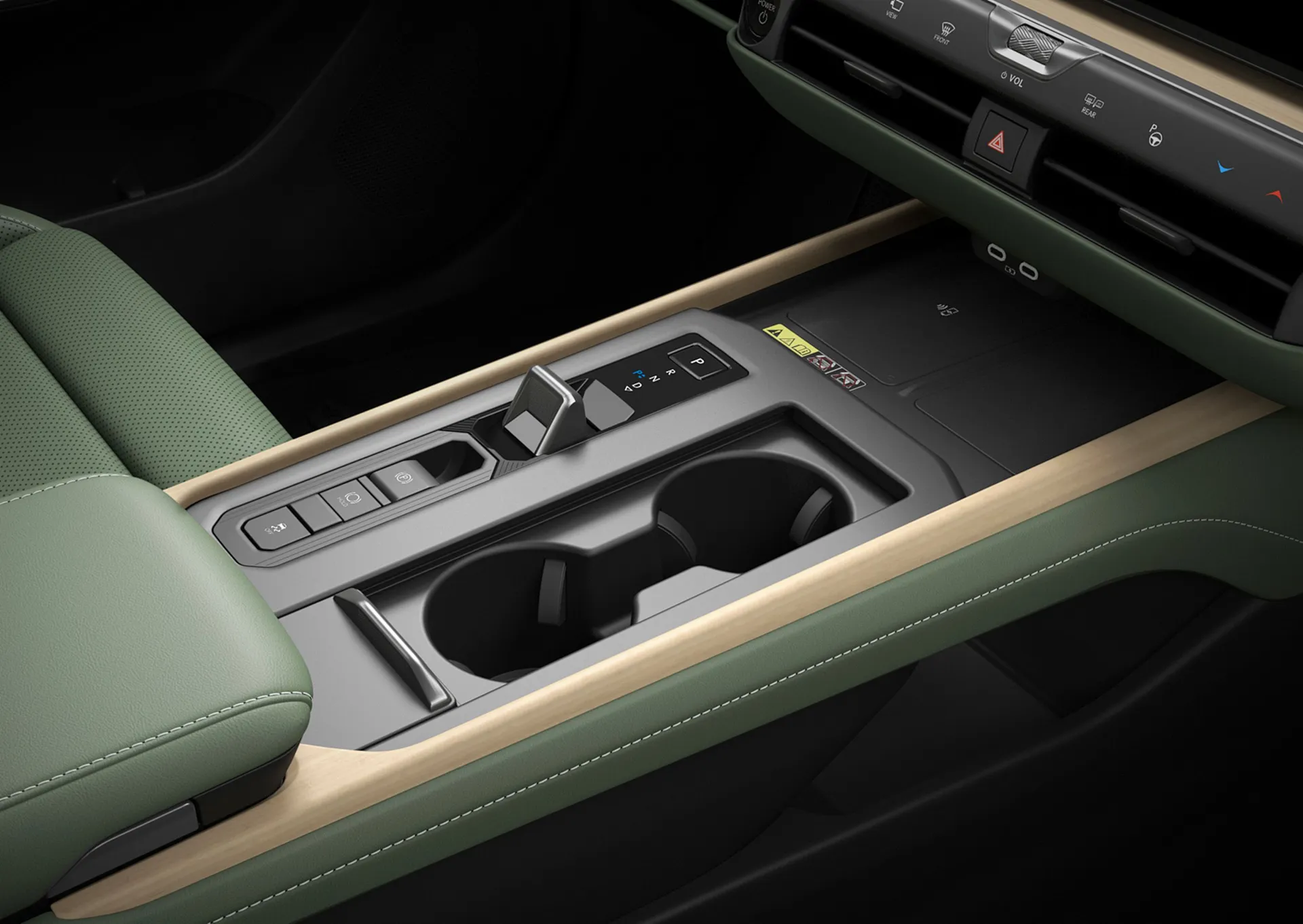
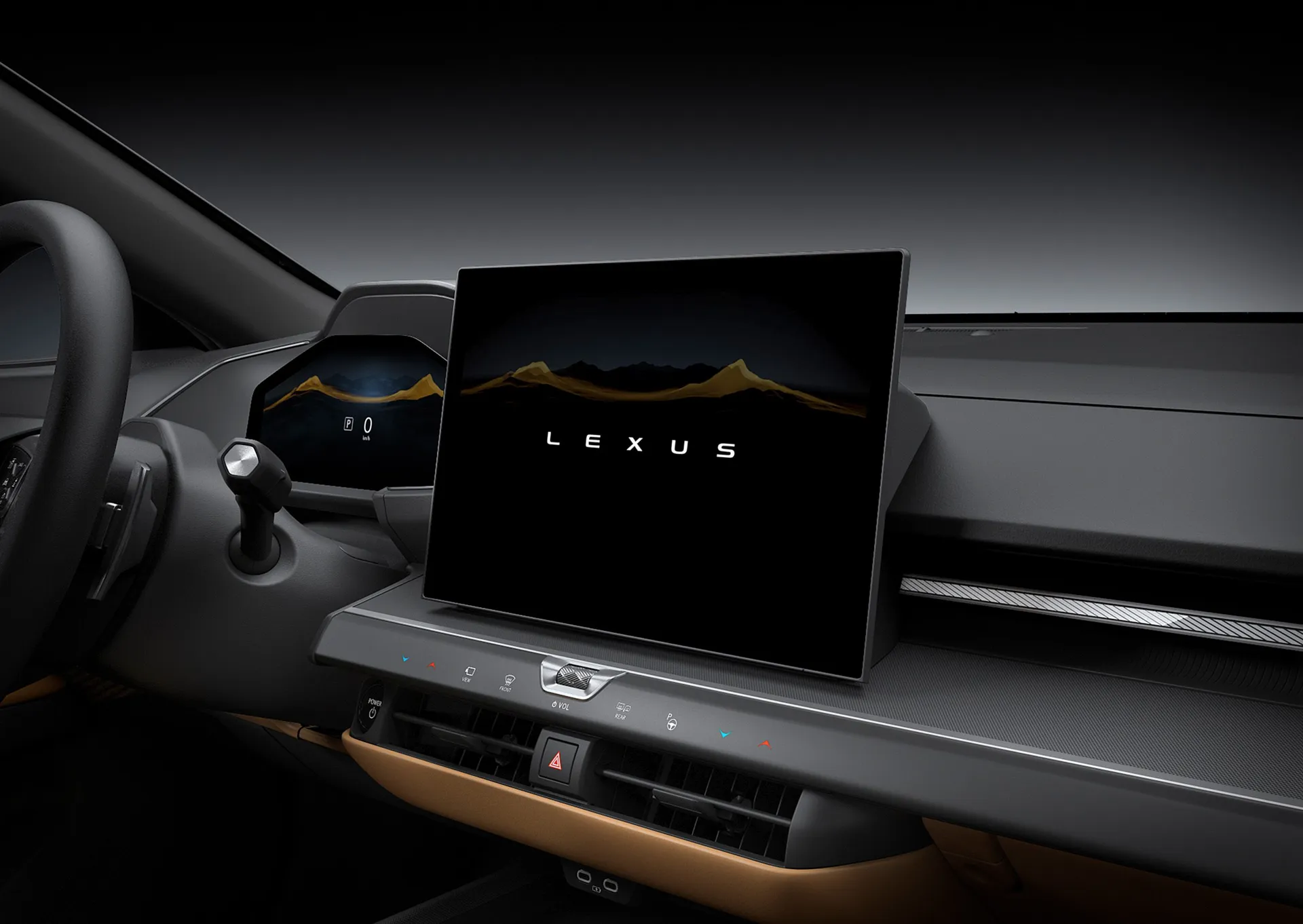
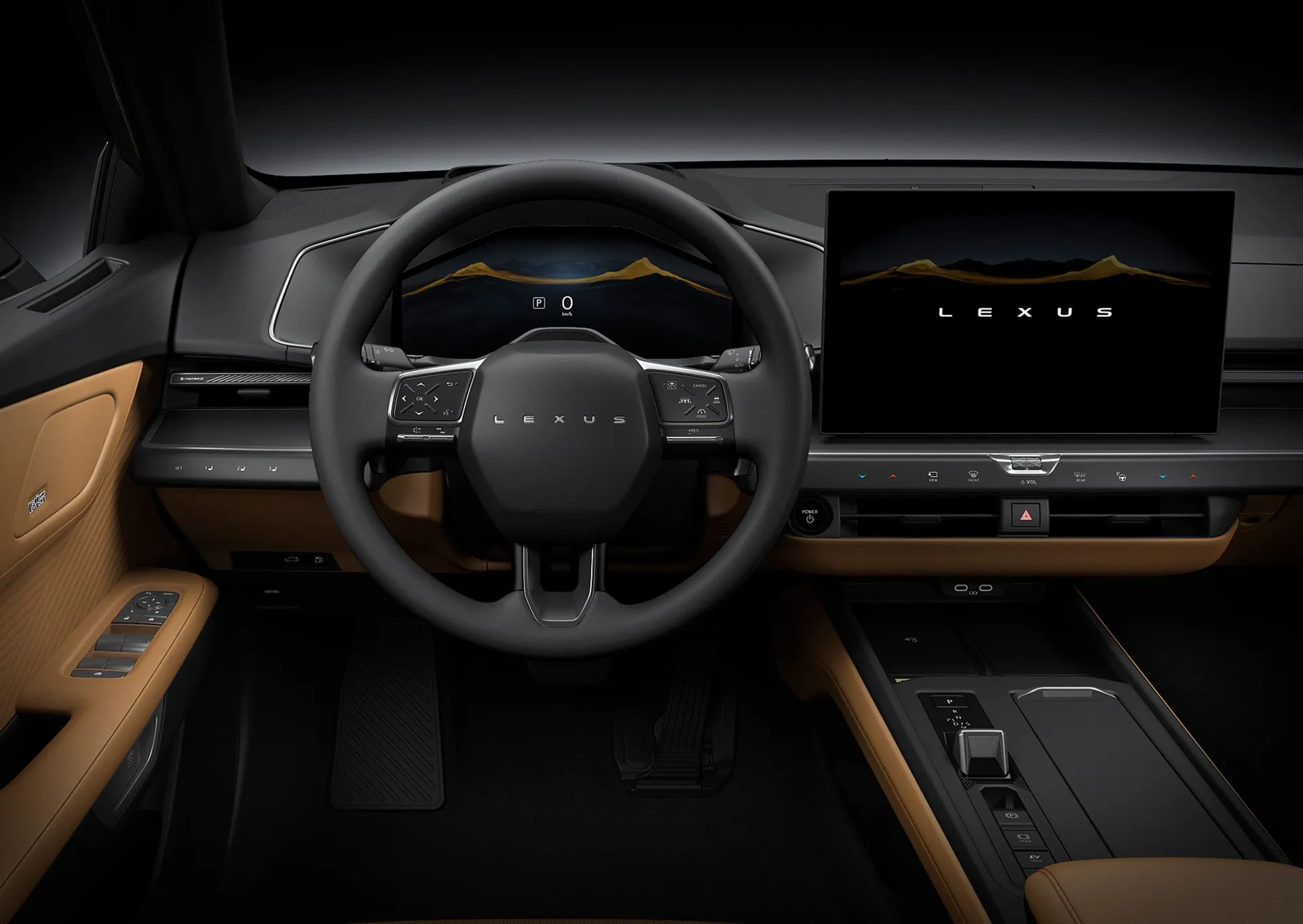
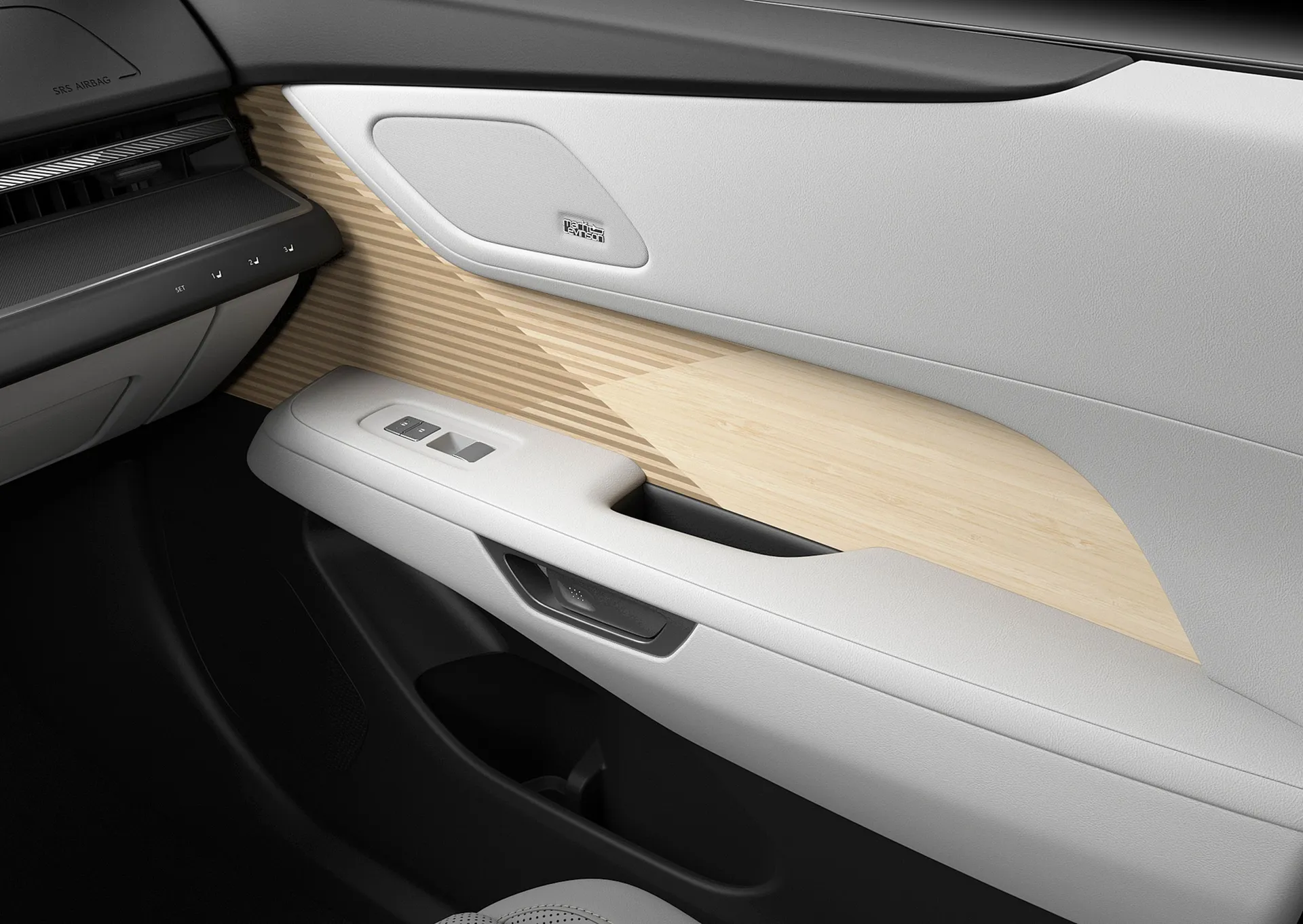
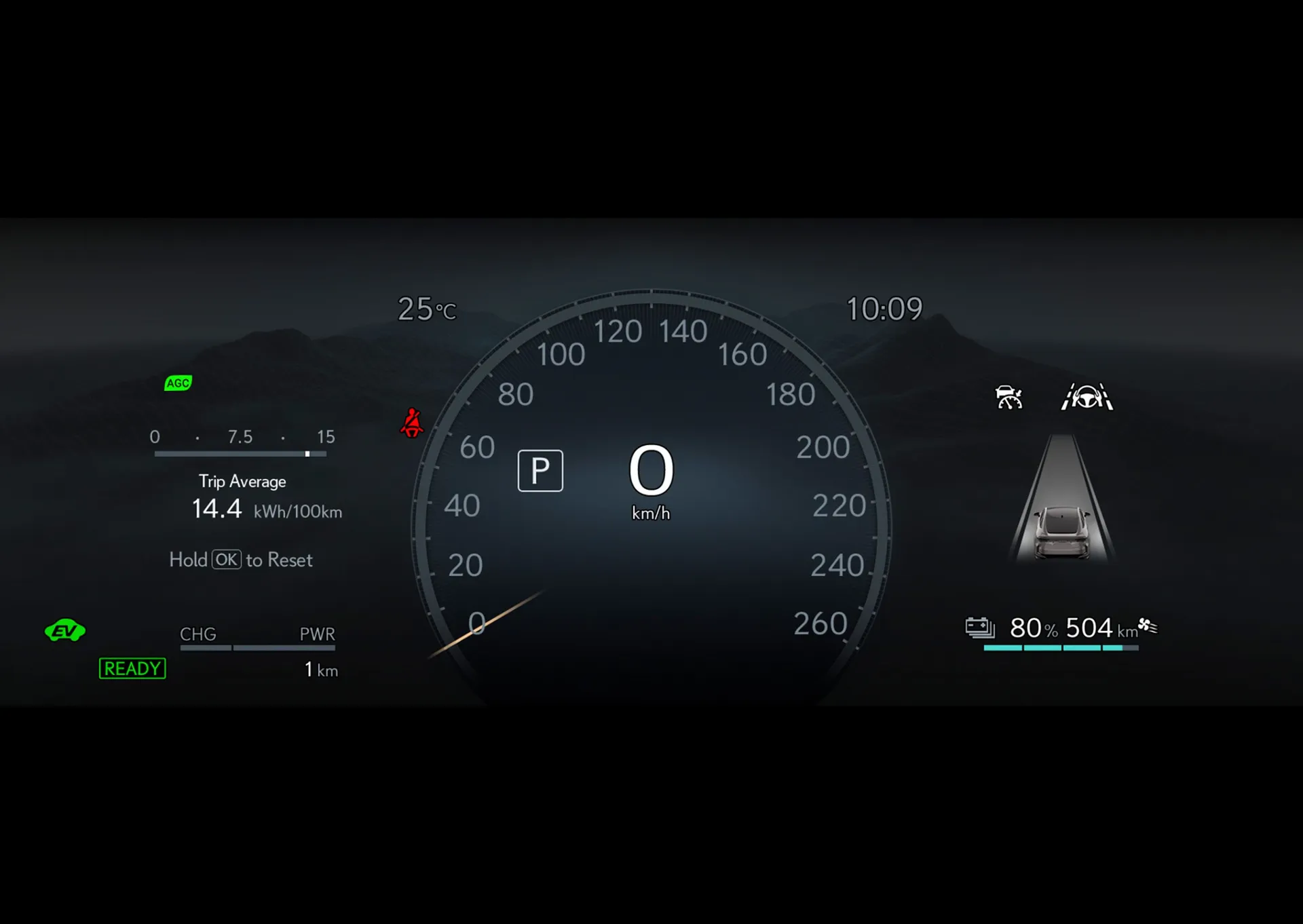
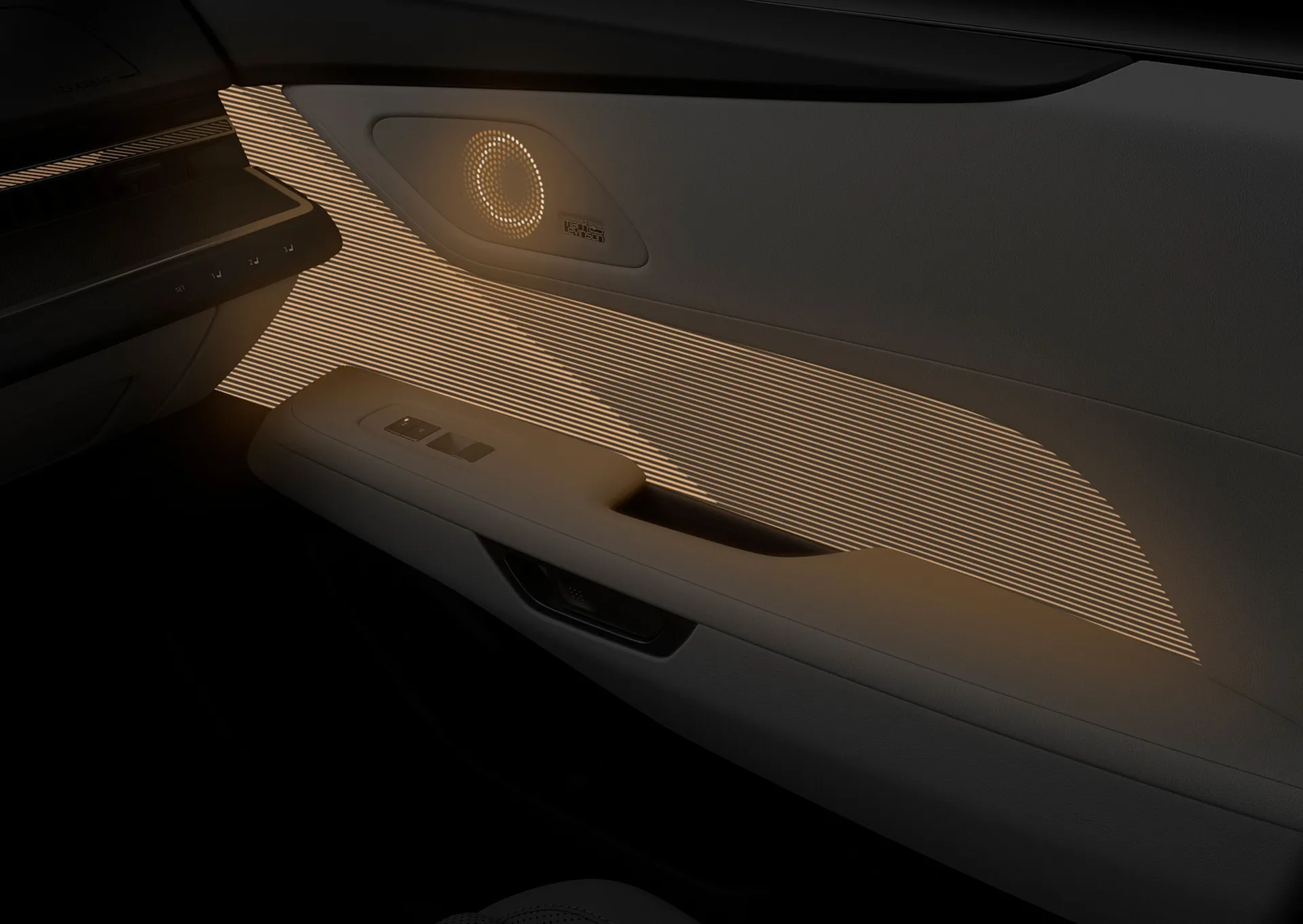

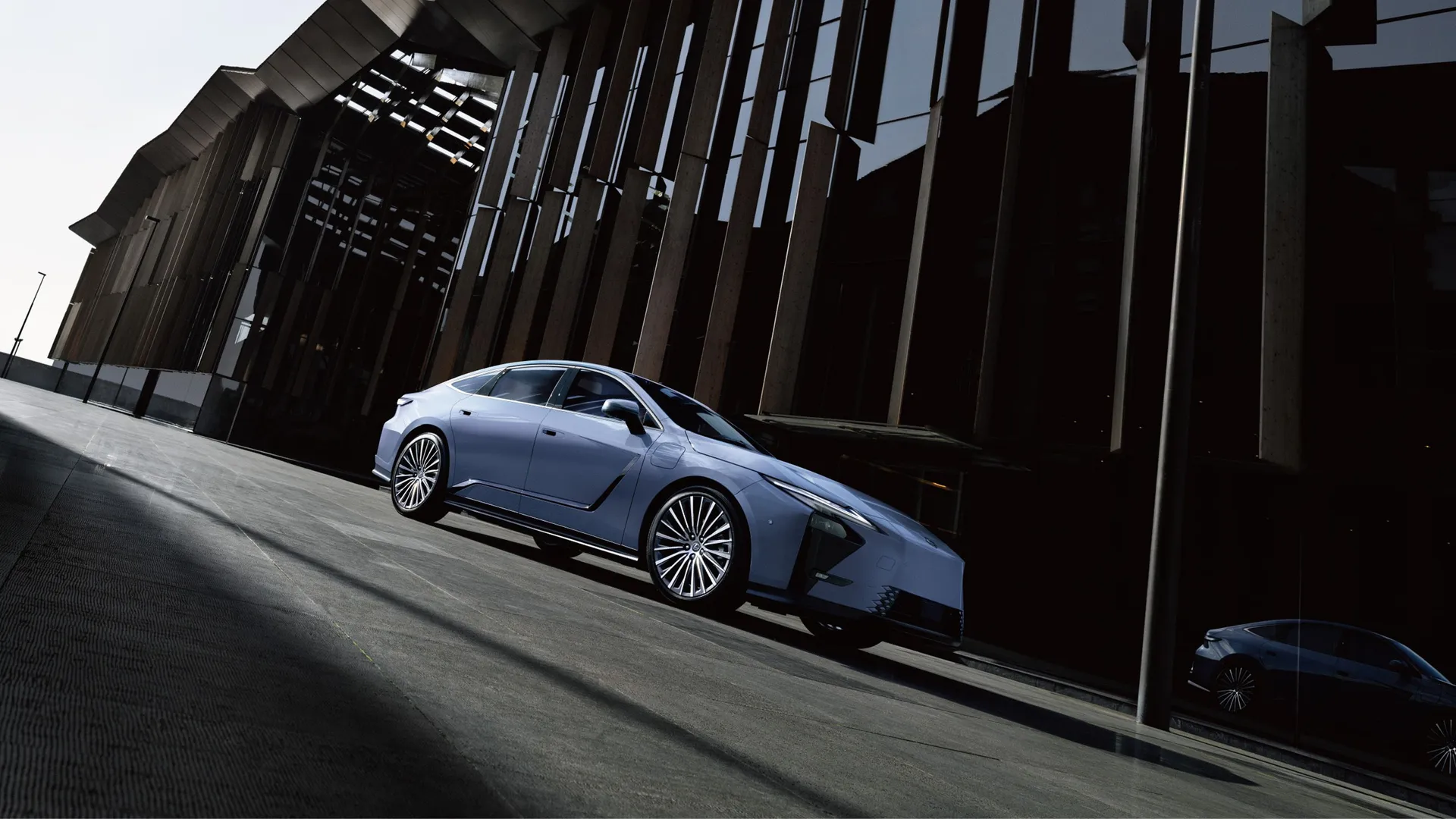
Author: Fabio Isidoro
Founder and editor-in-chief of Canal Carro, he dedicates himself to exploring the automotive universe with depth and passion. A car and technology enthusiast, he produces technical content and in-depth analyses of national and international vehicles, combining quality information with a critical eye for the public.


